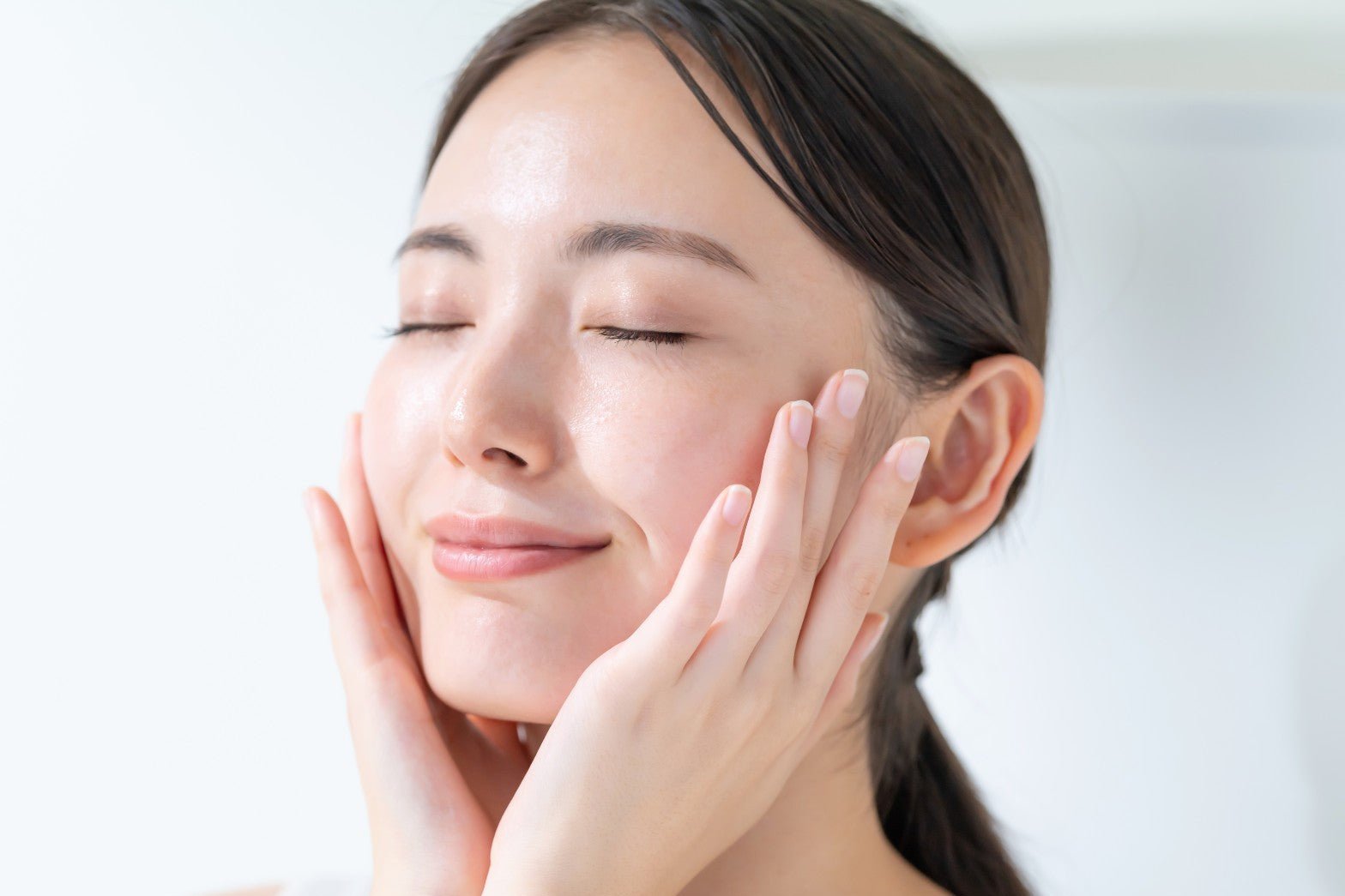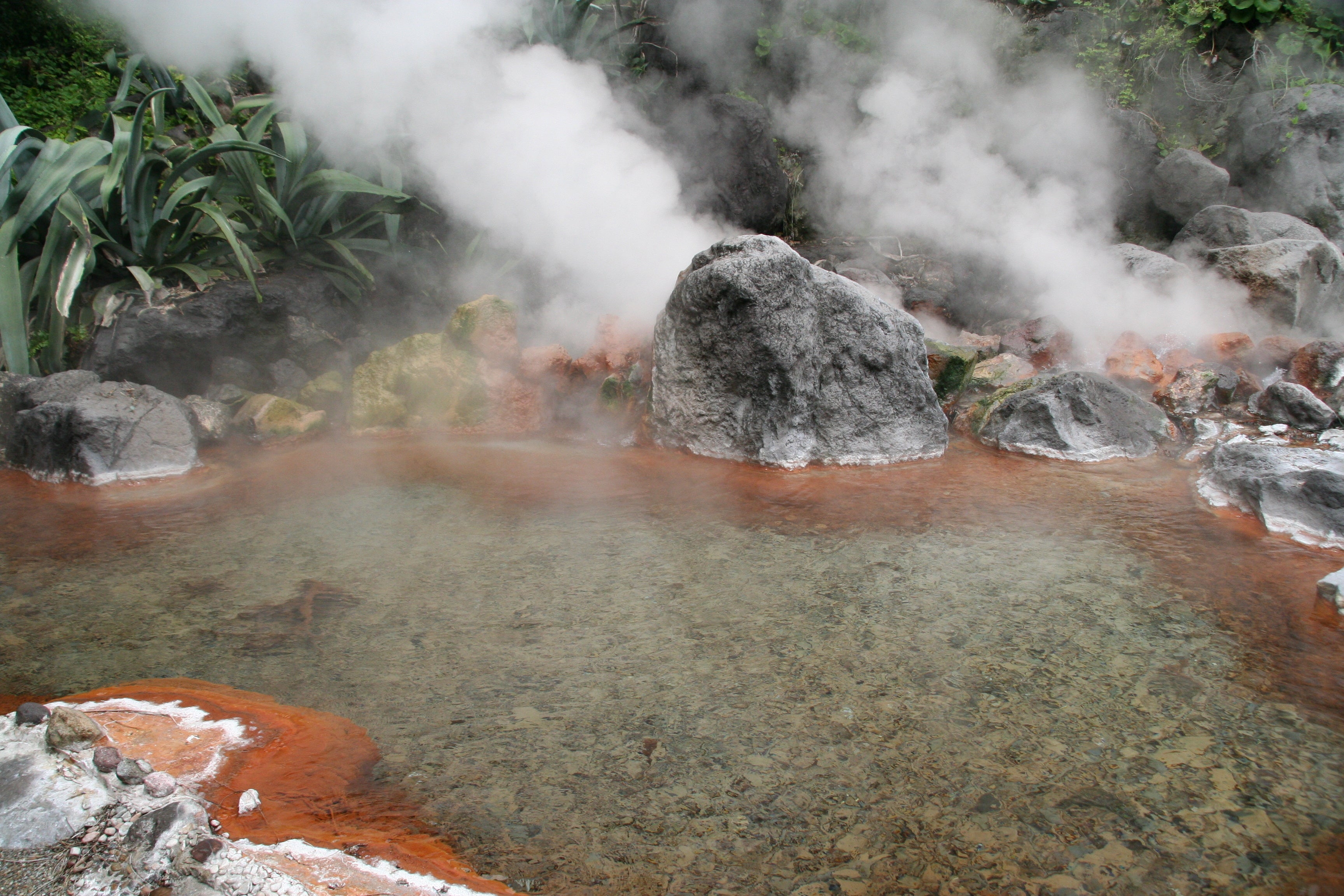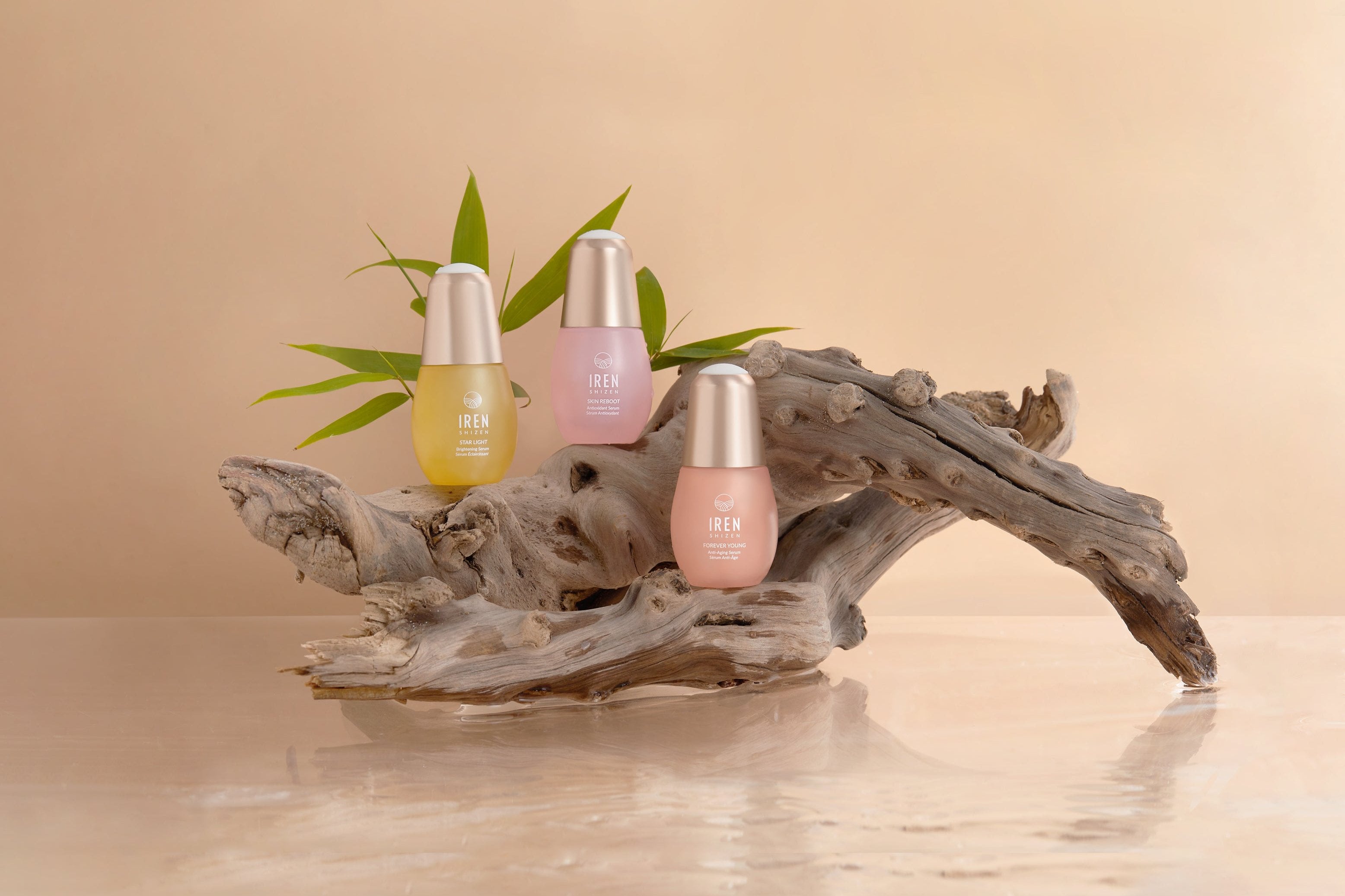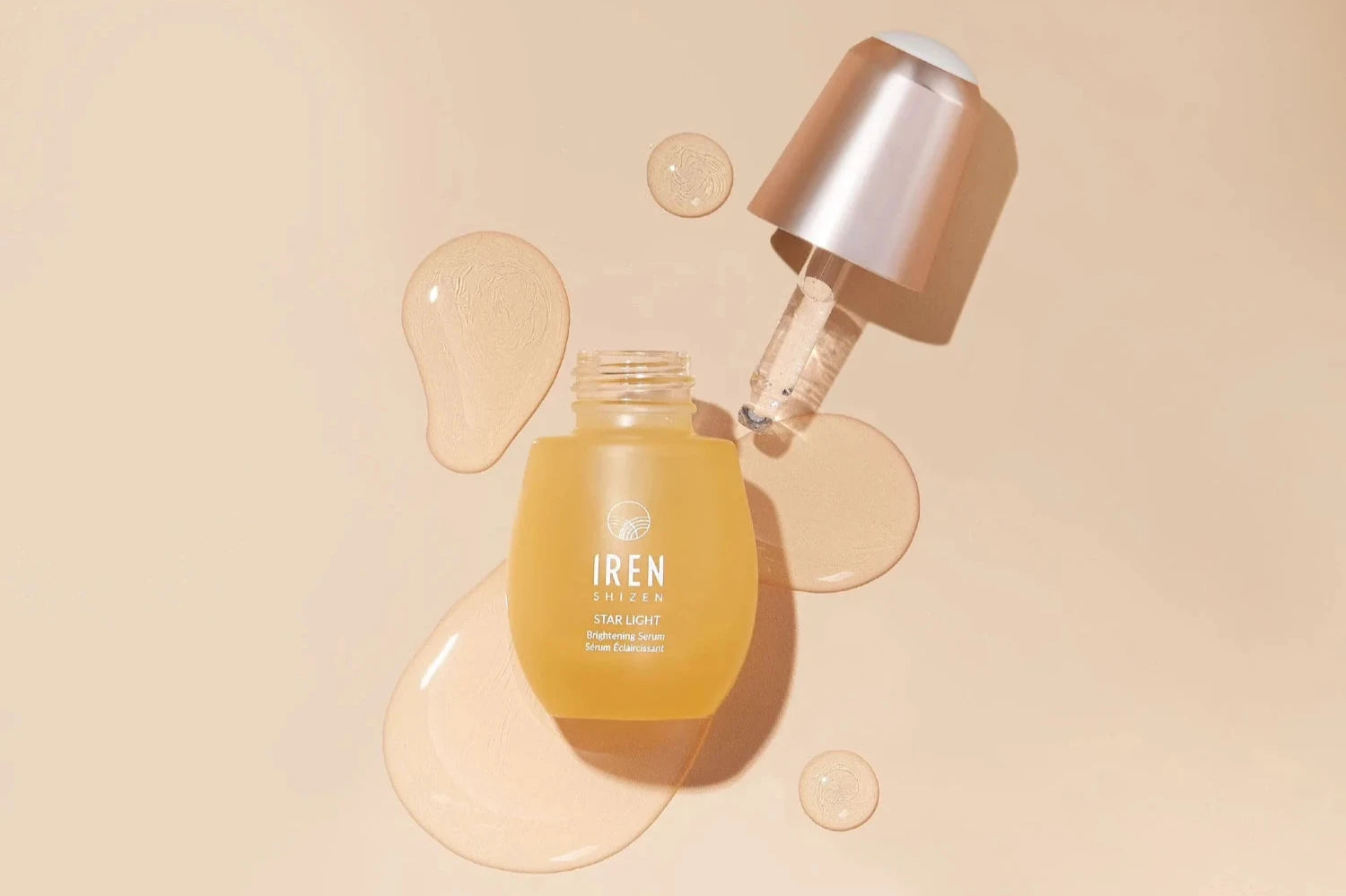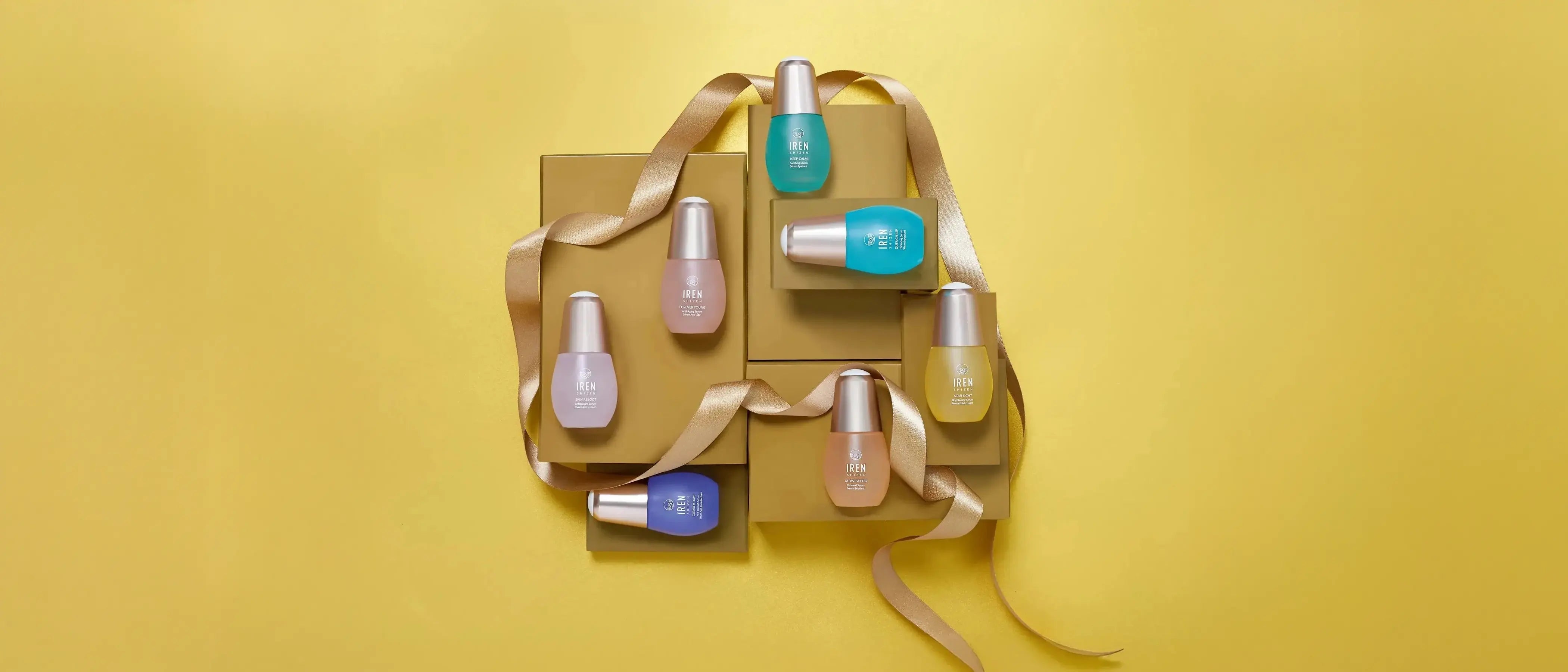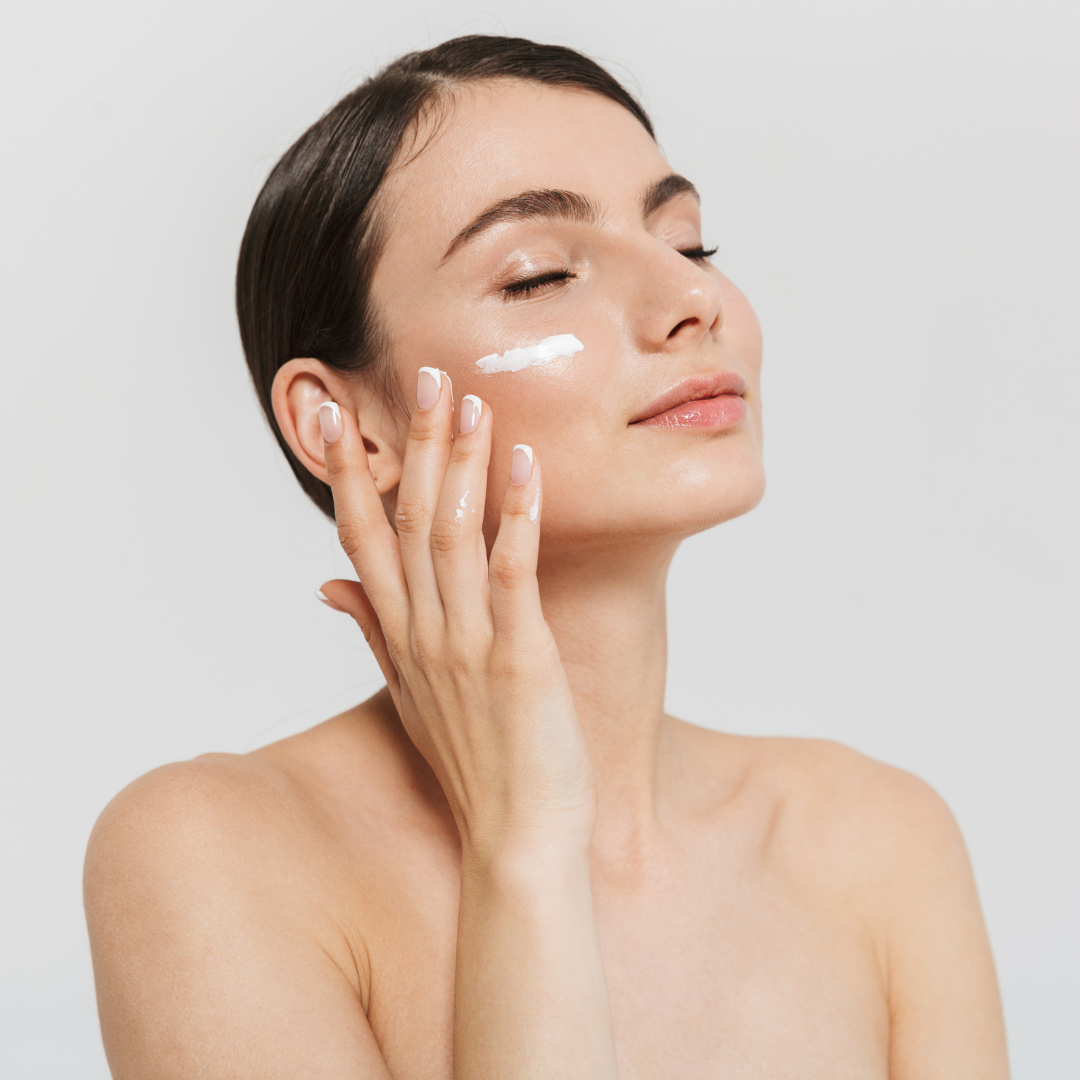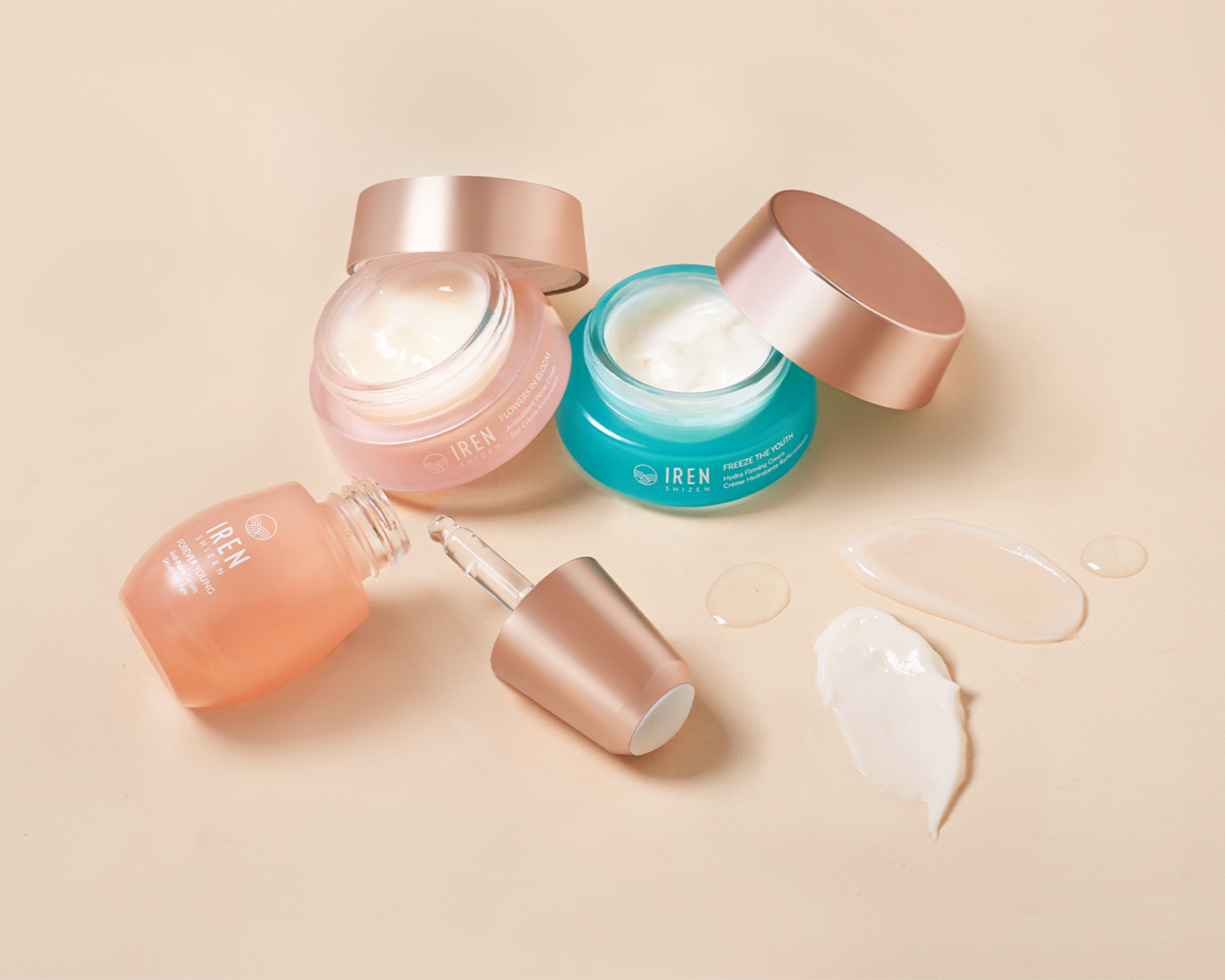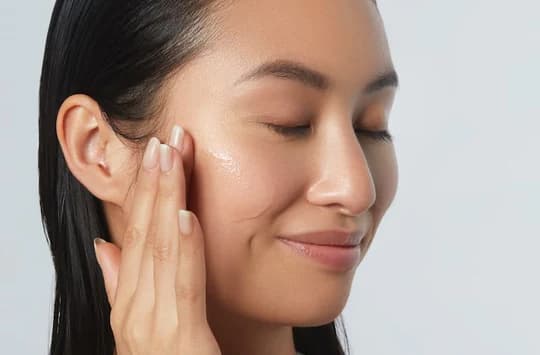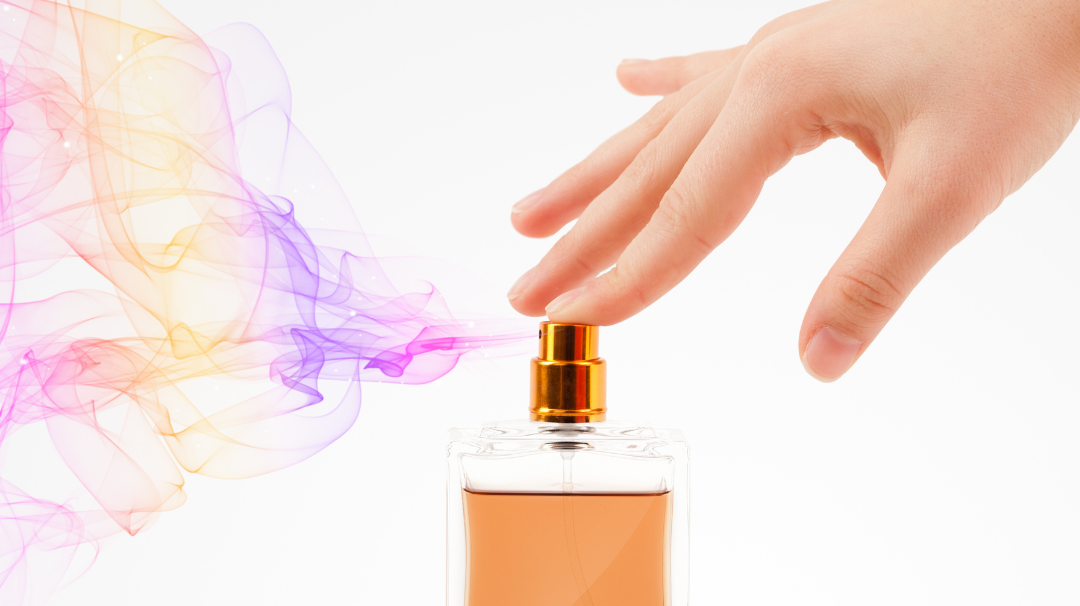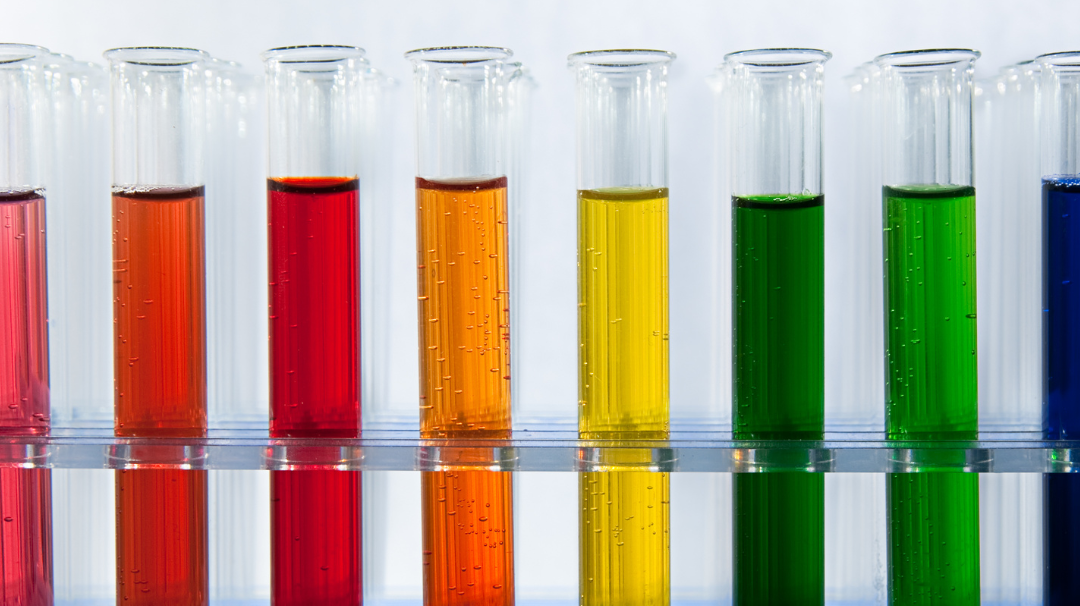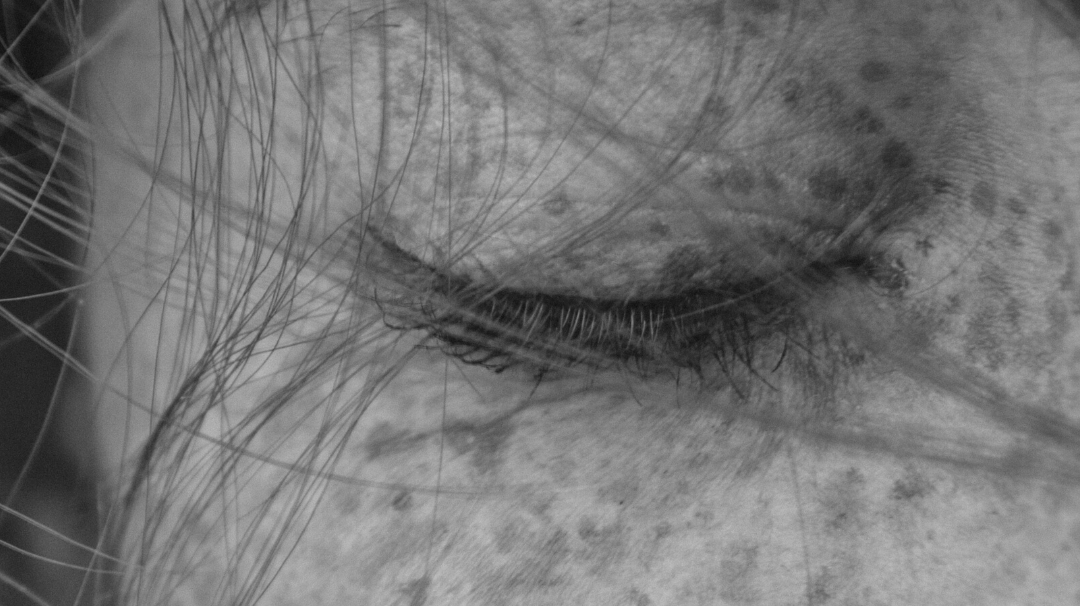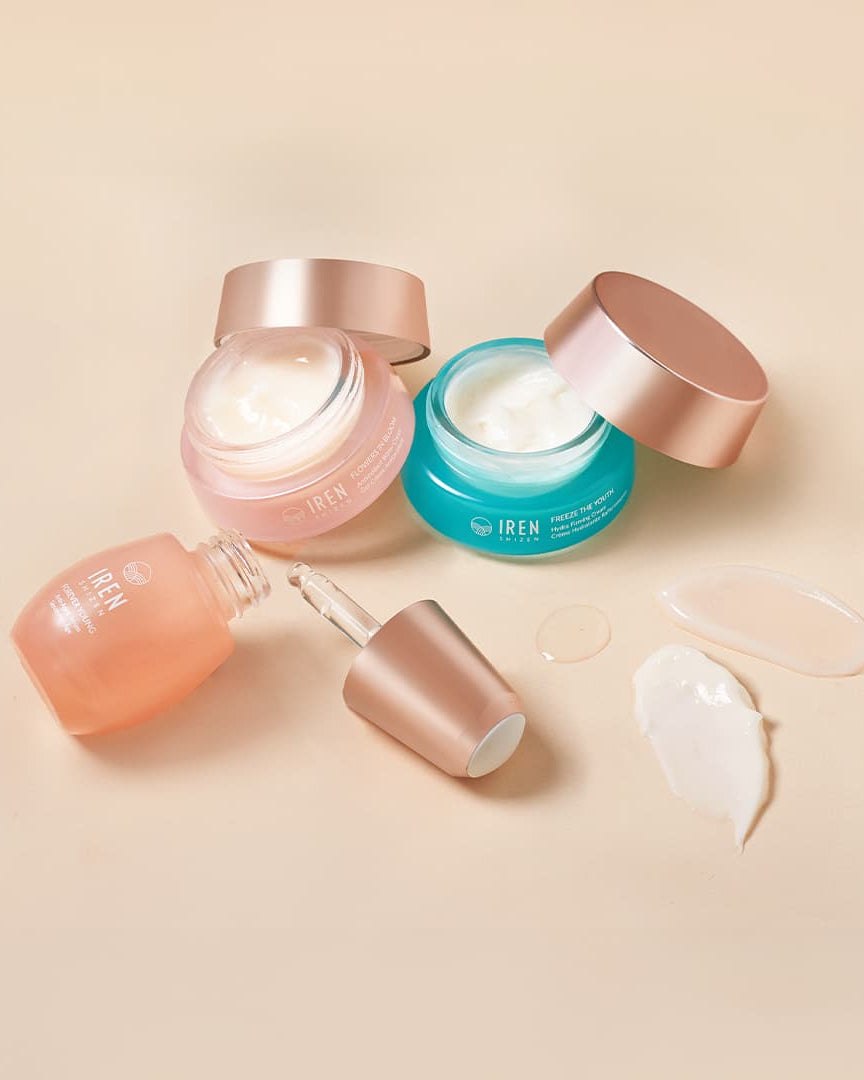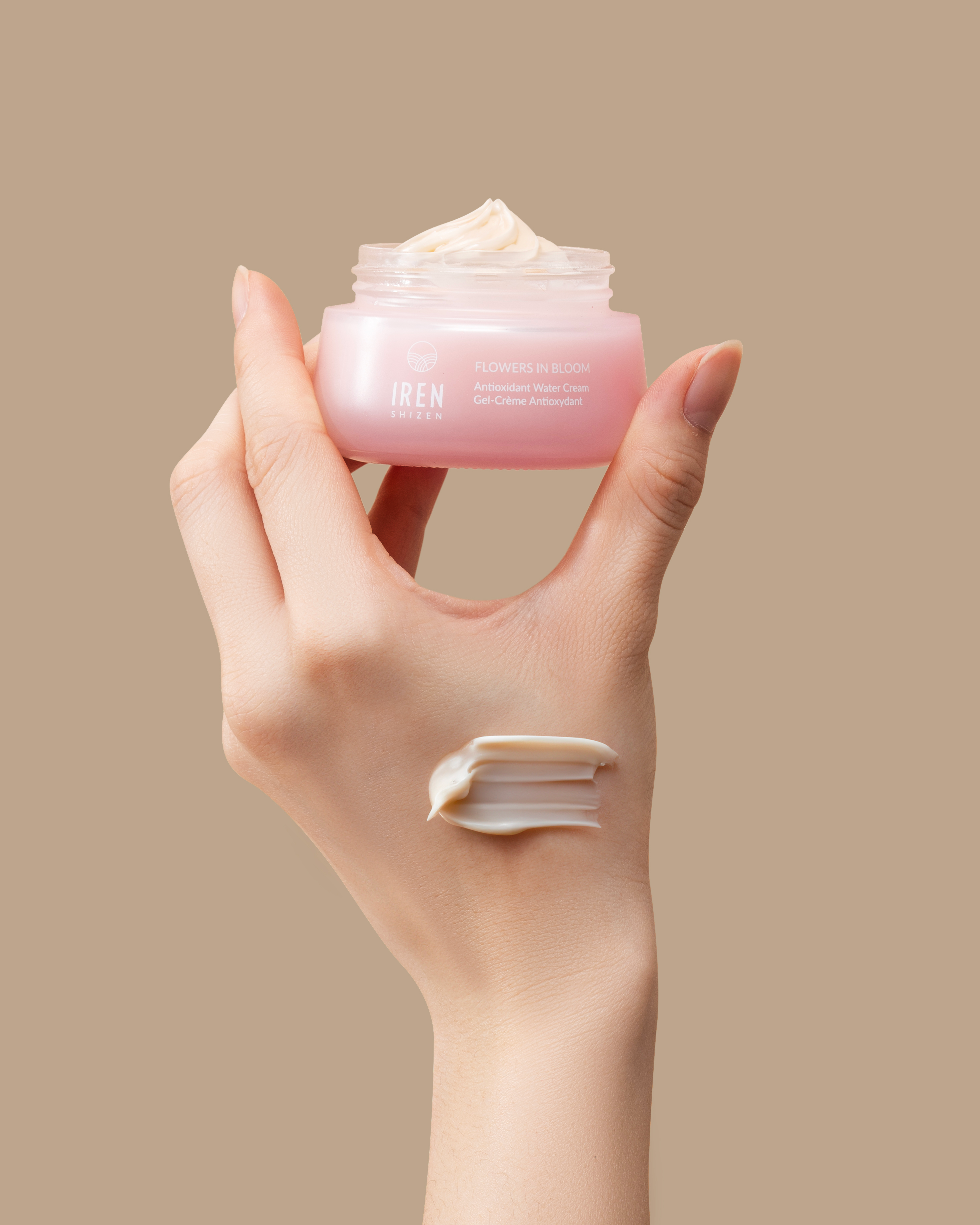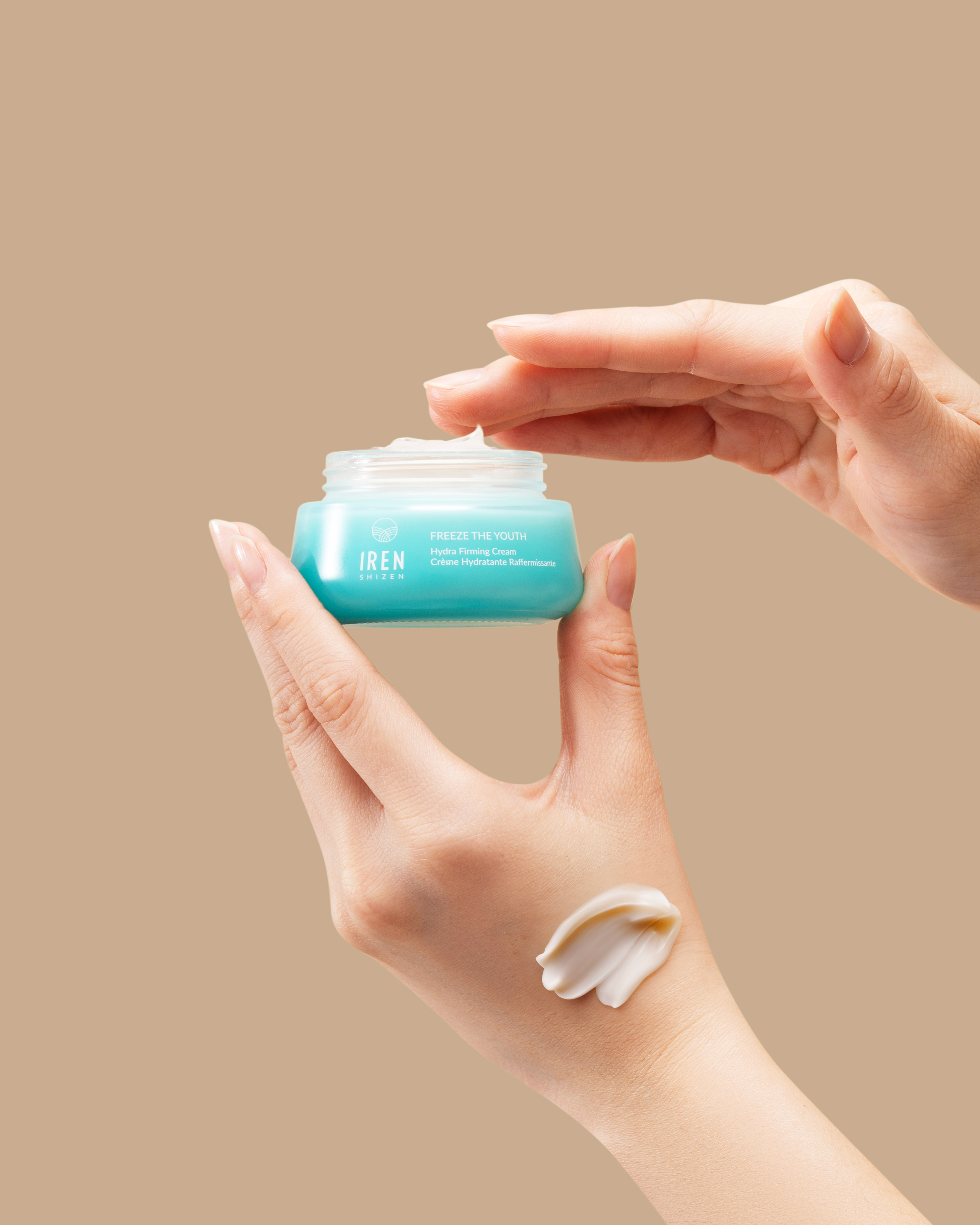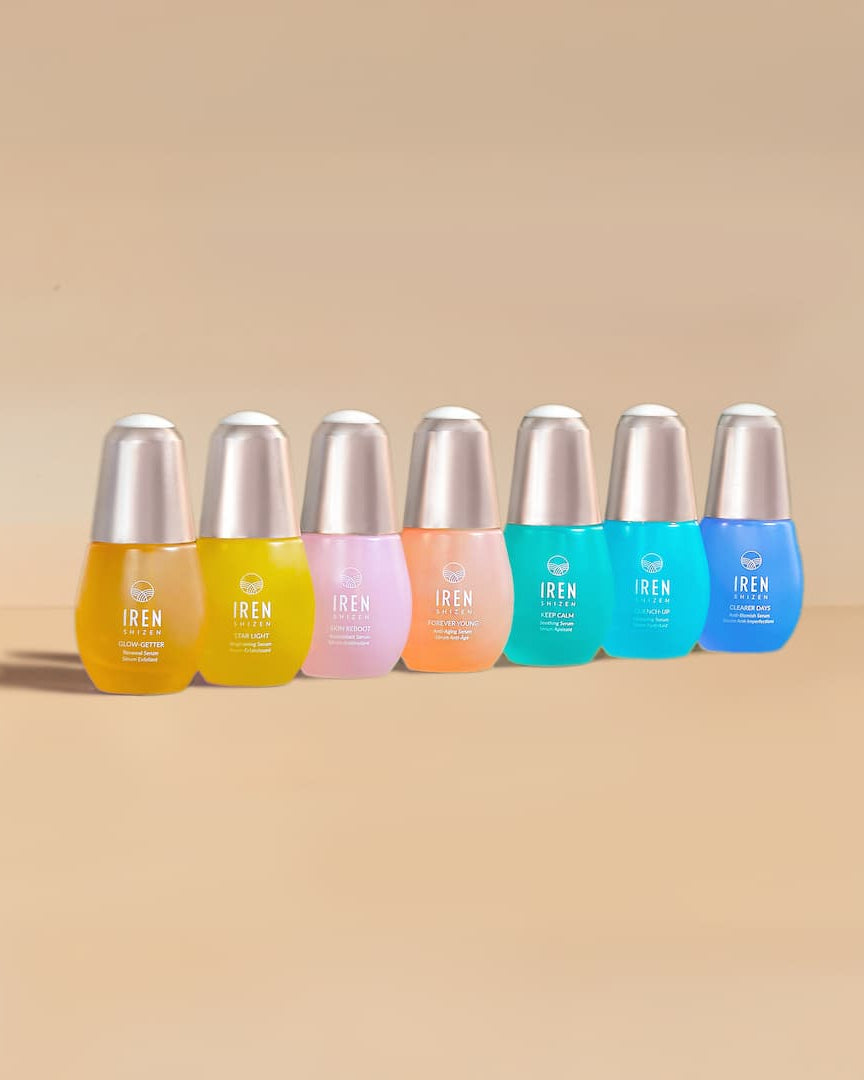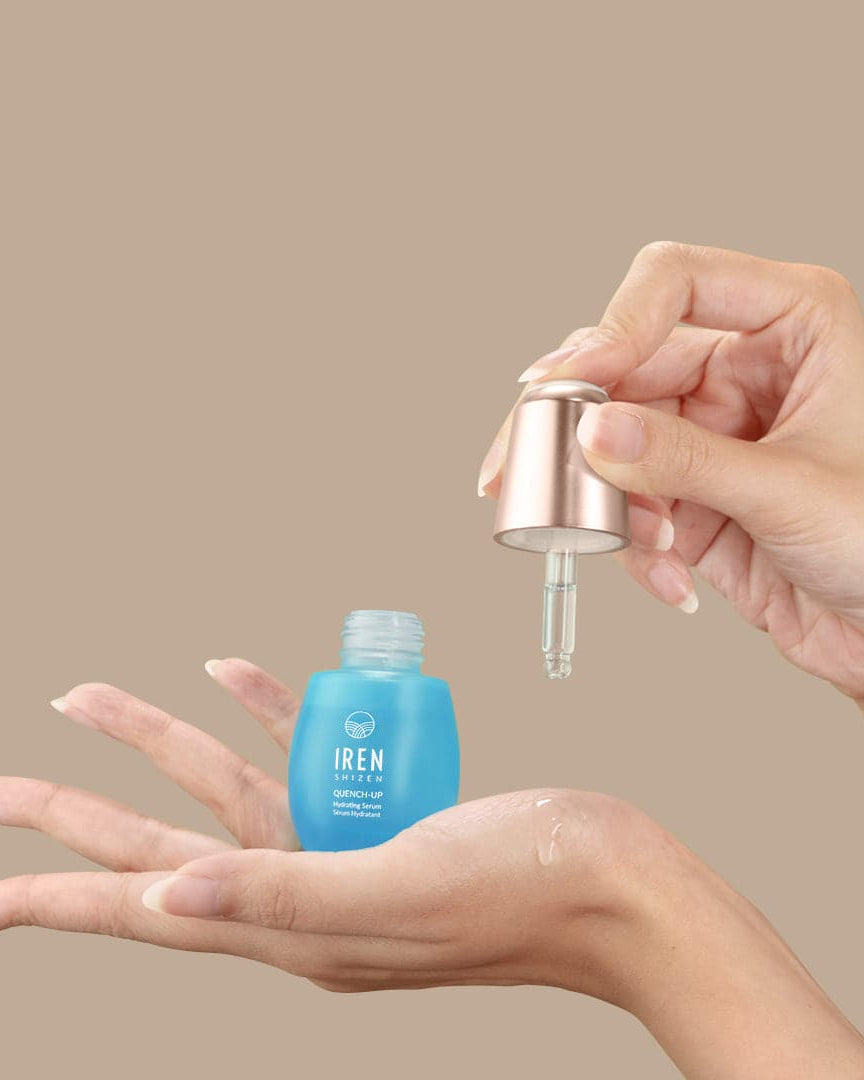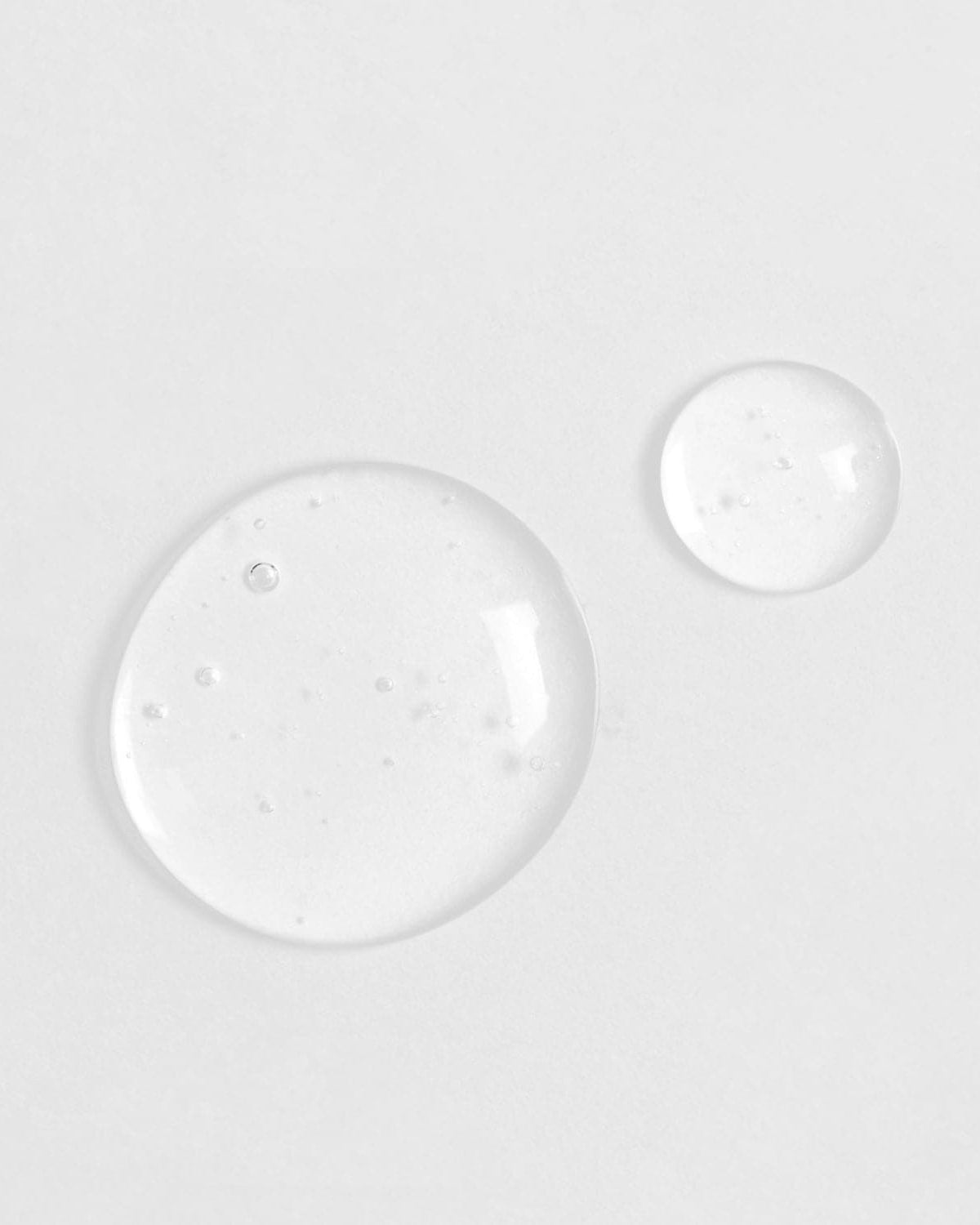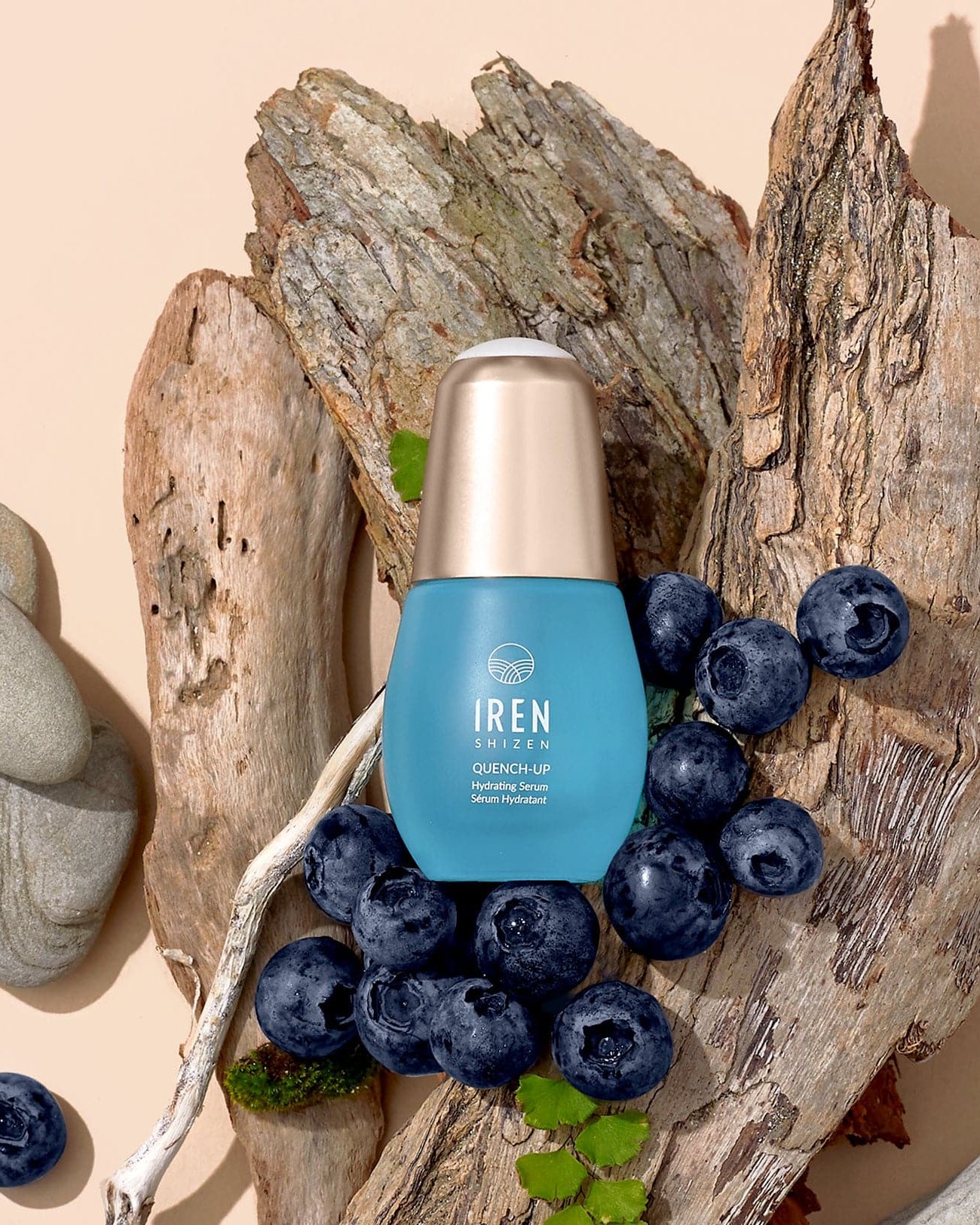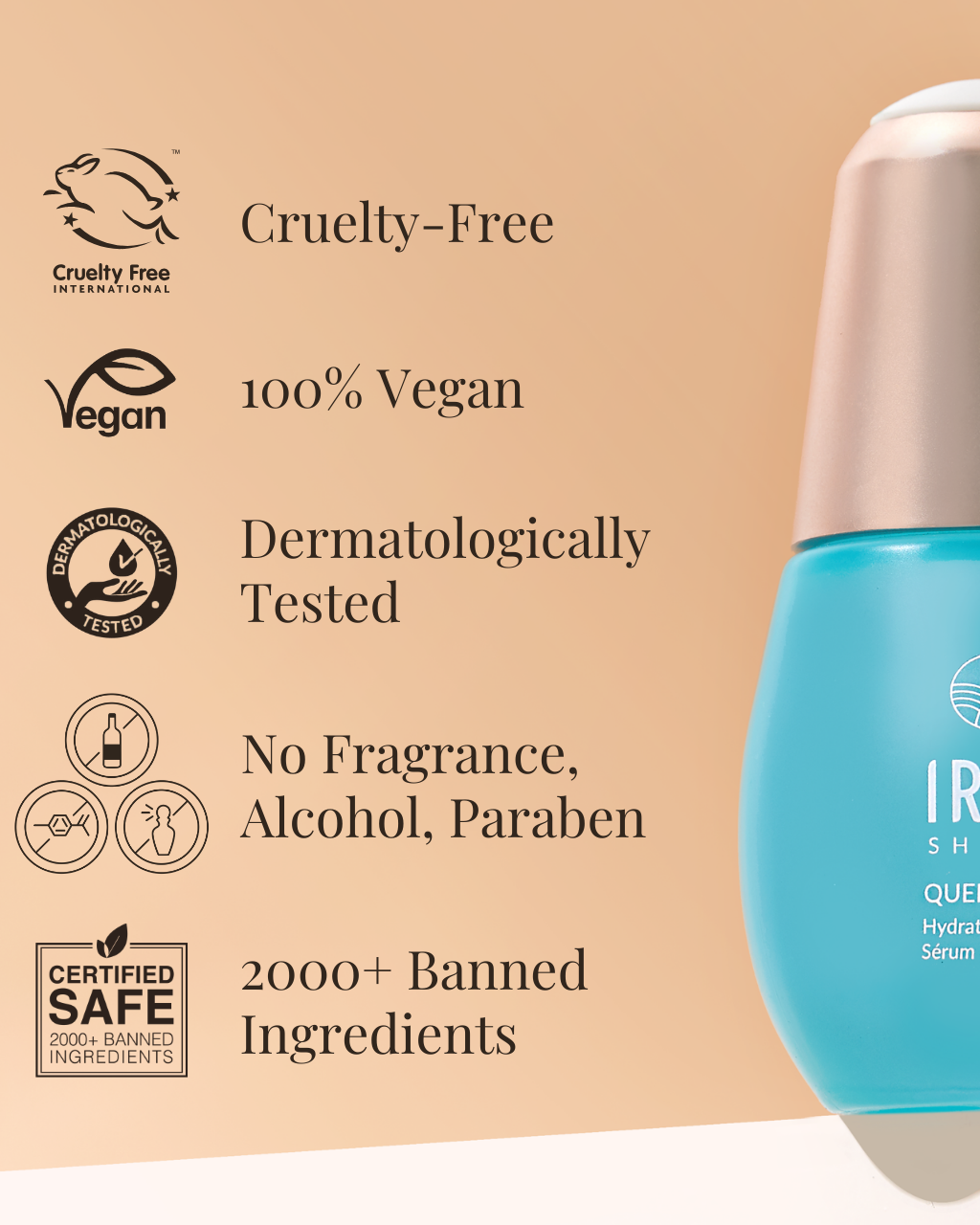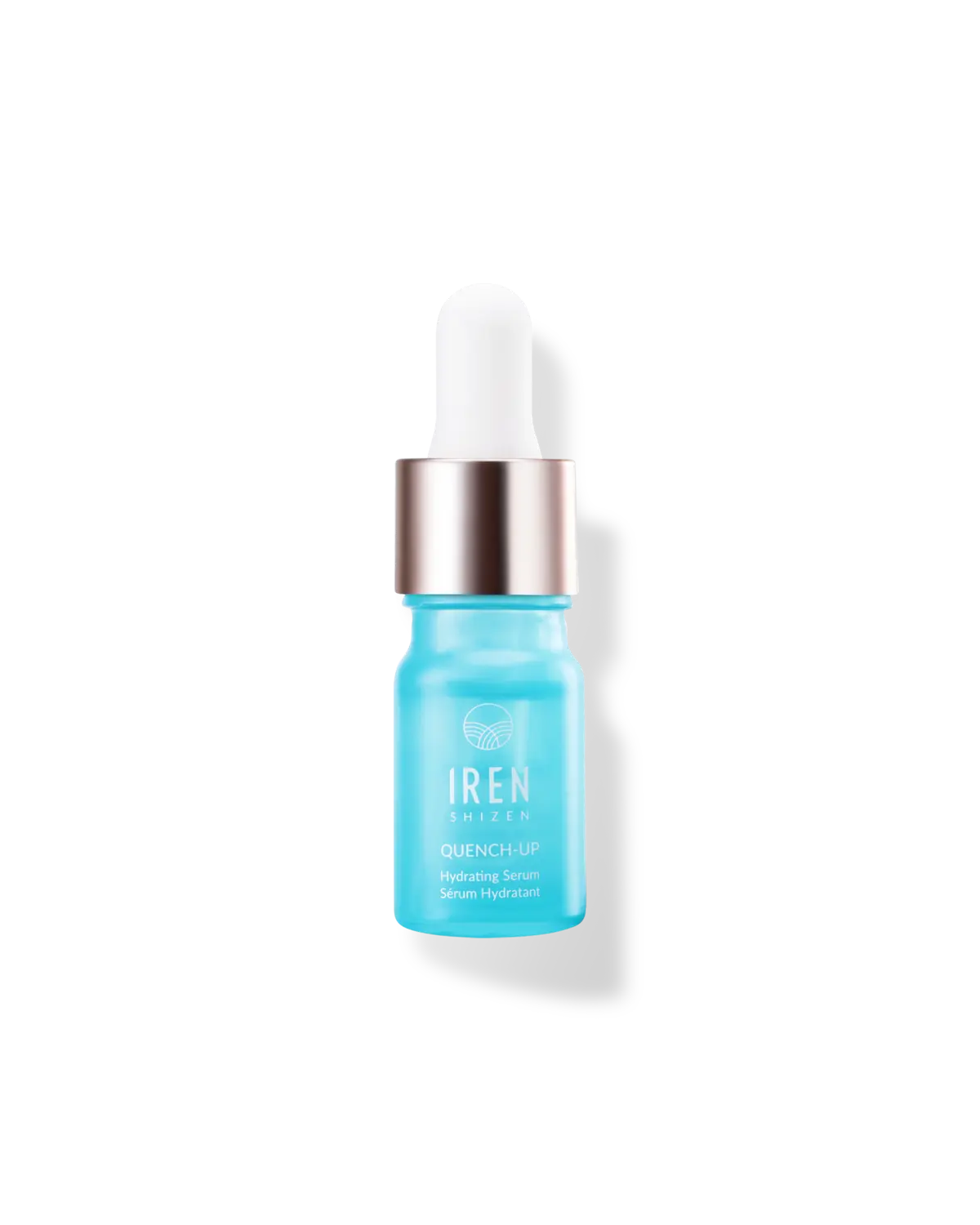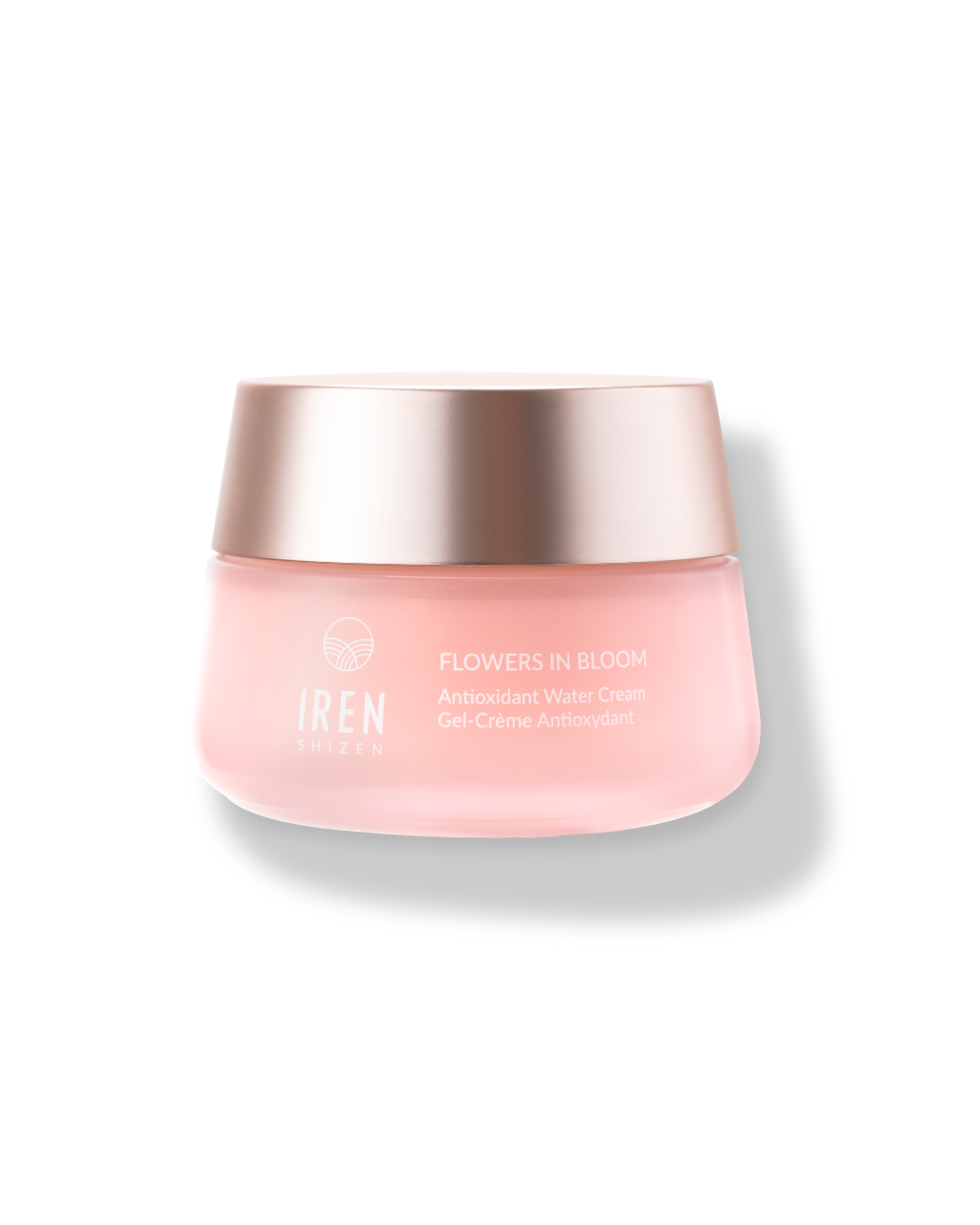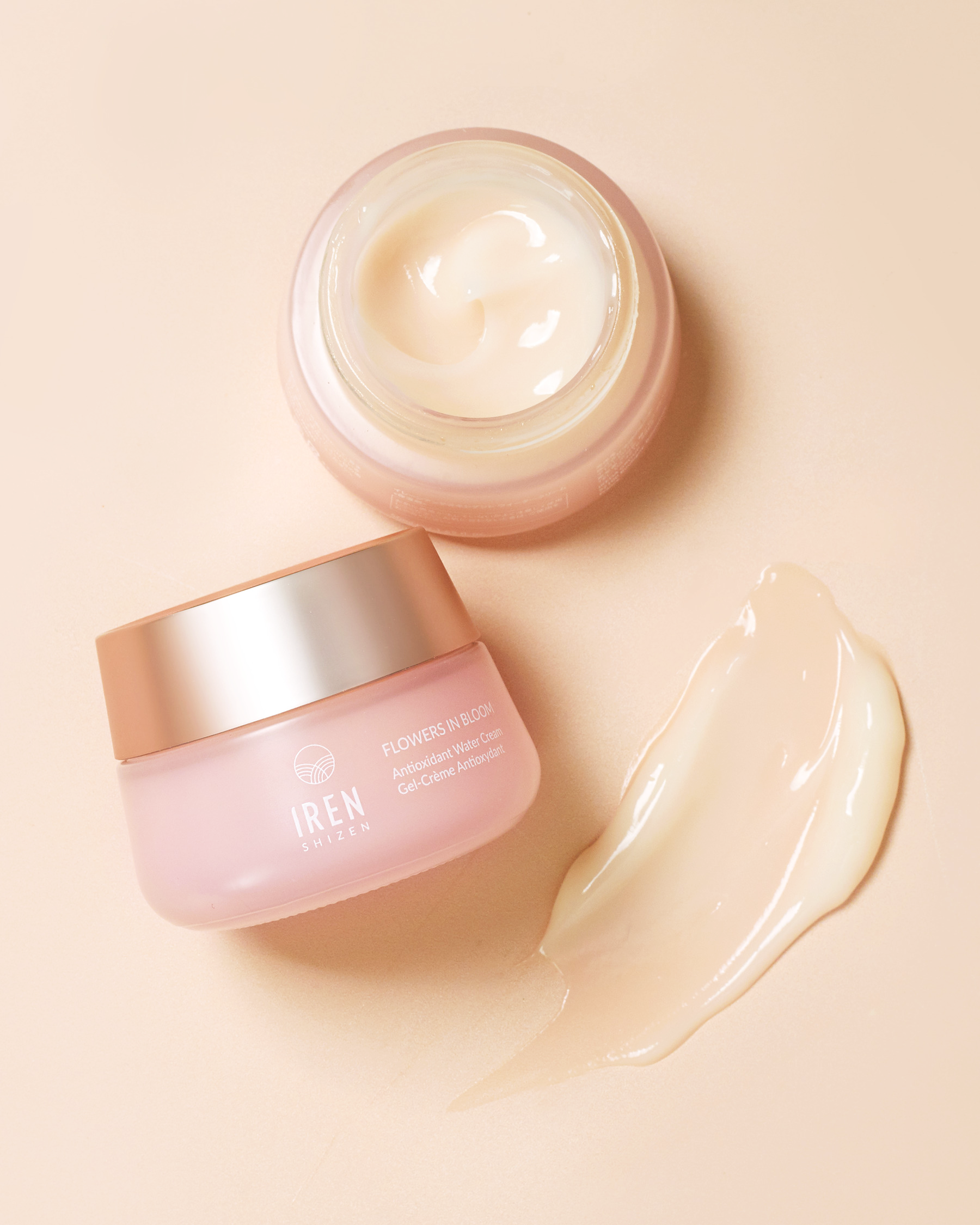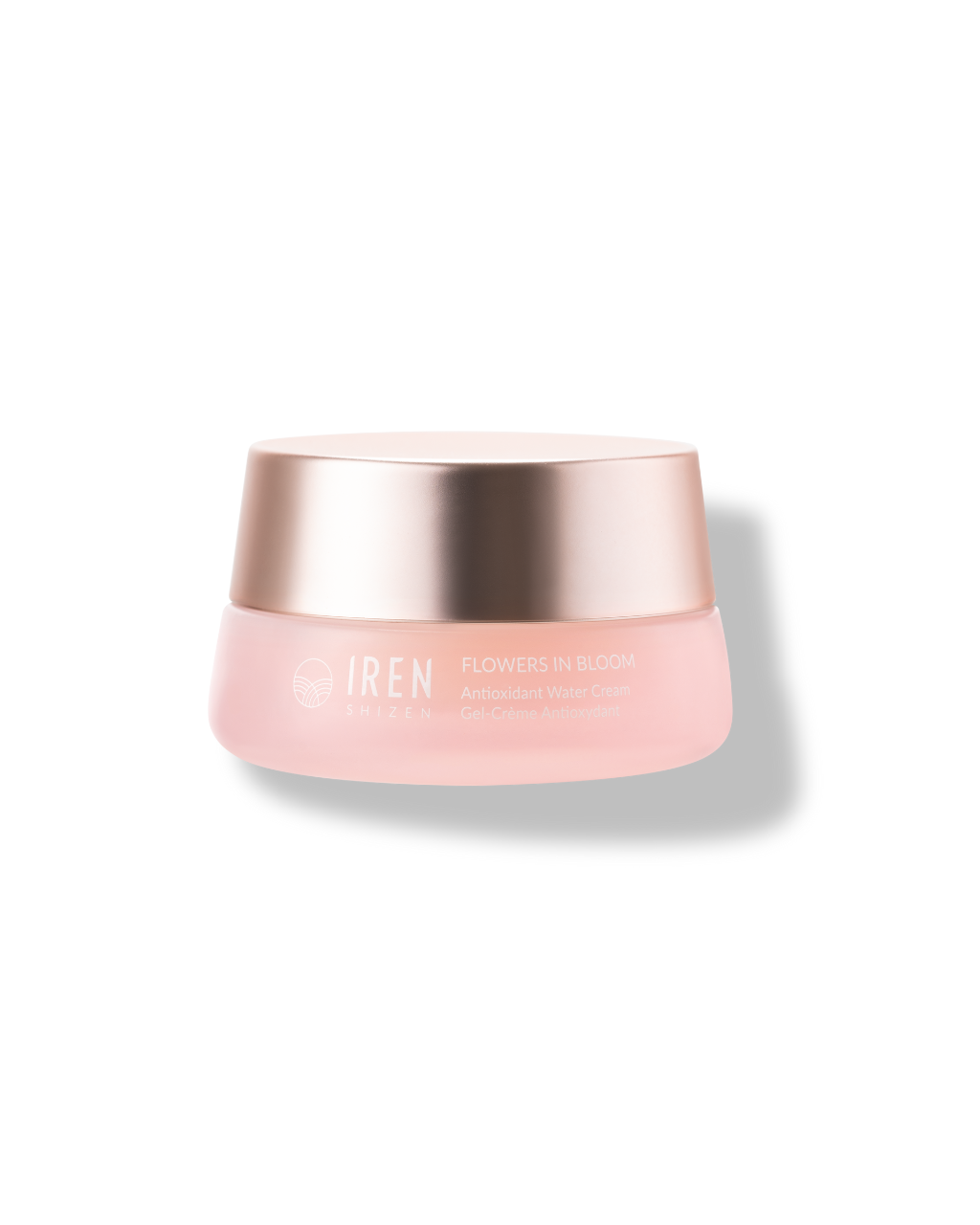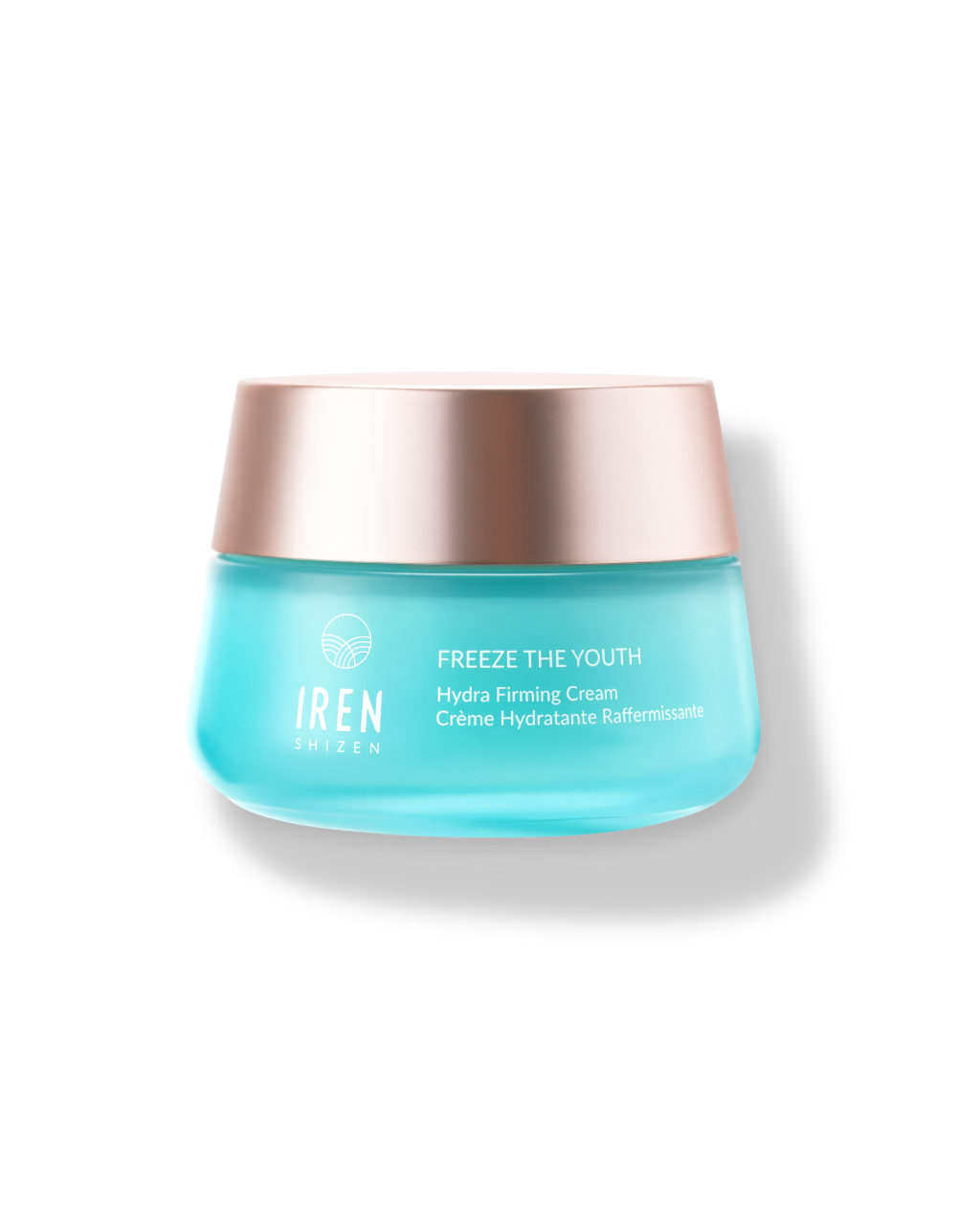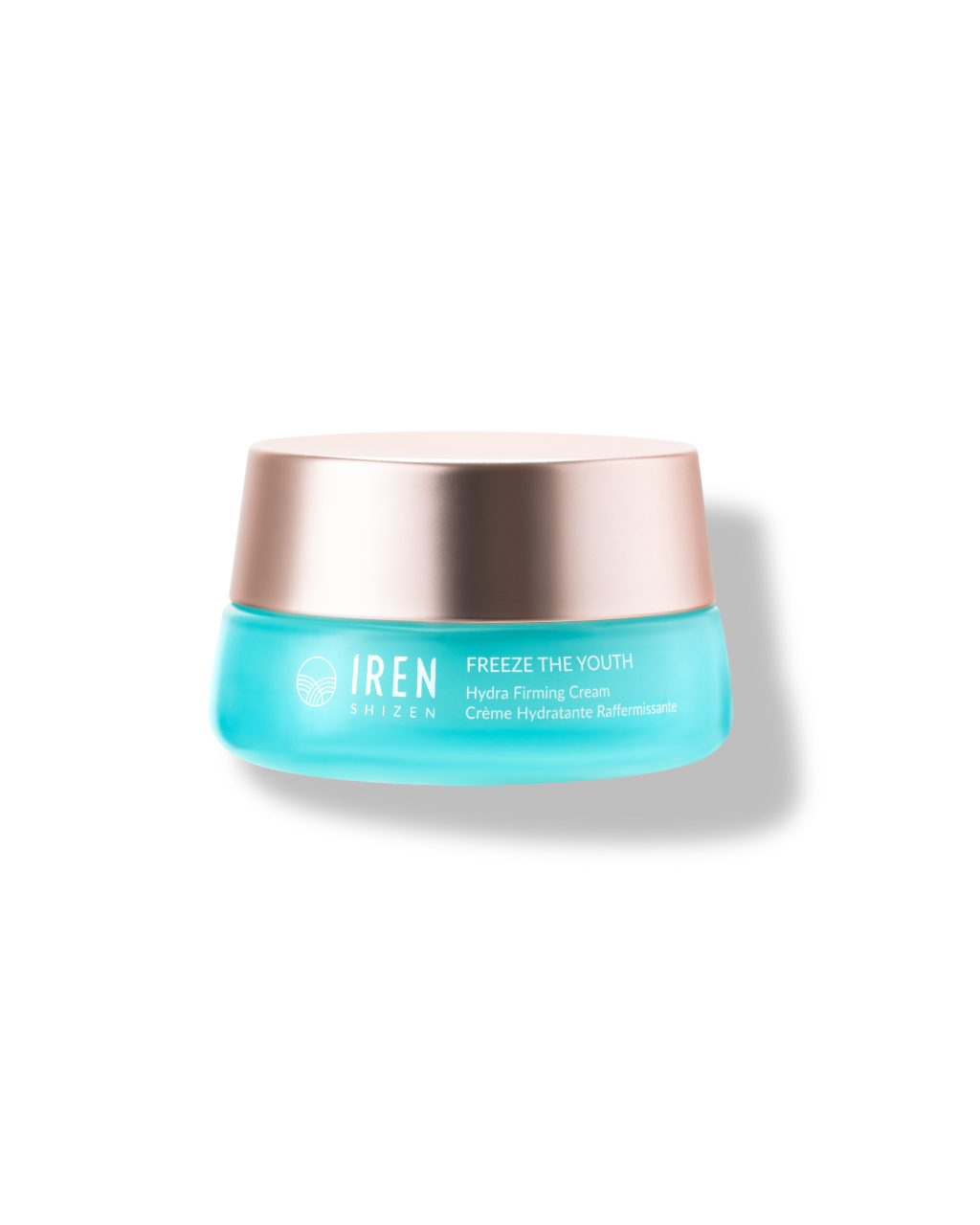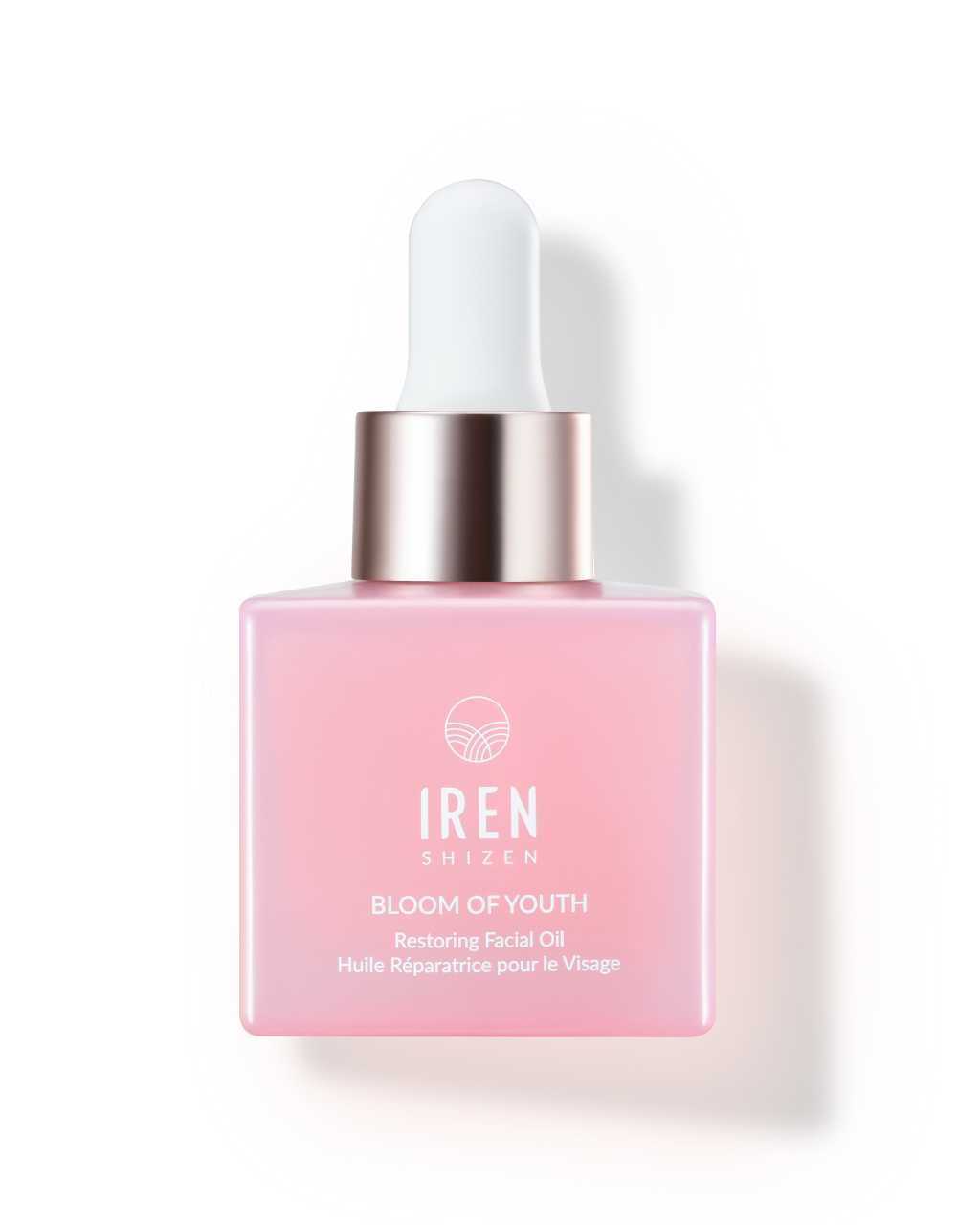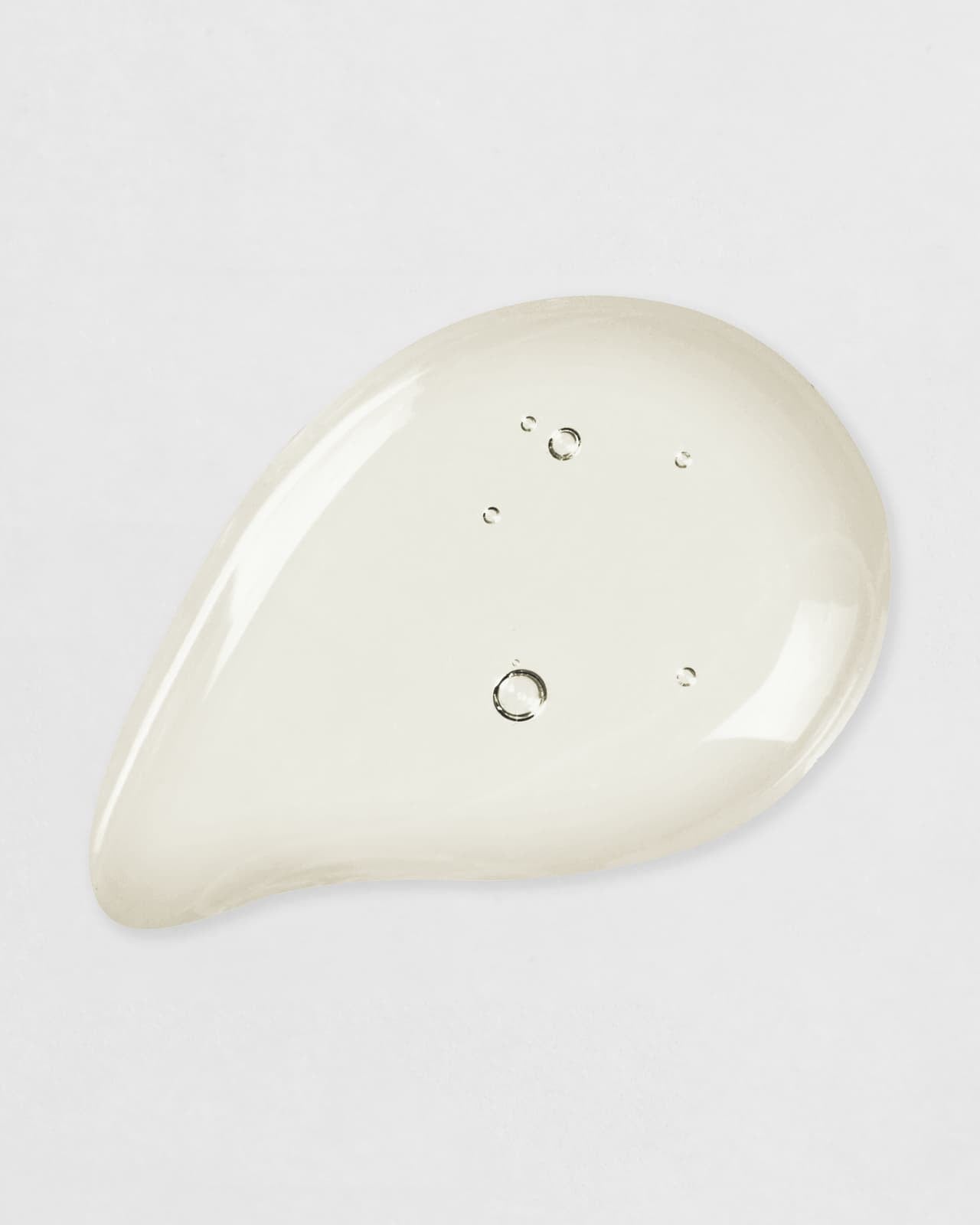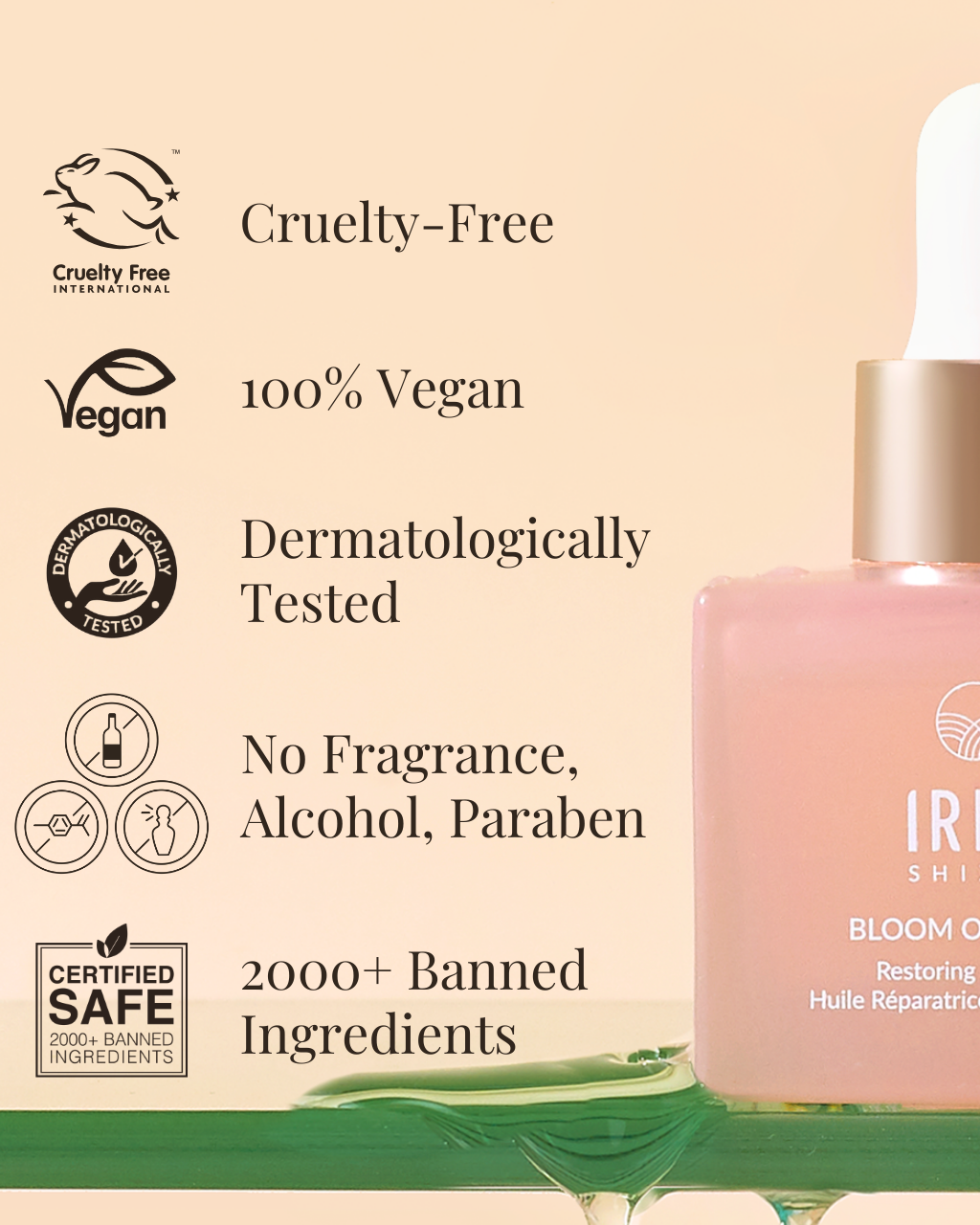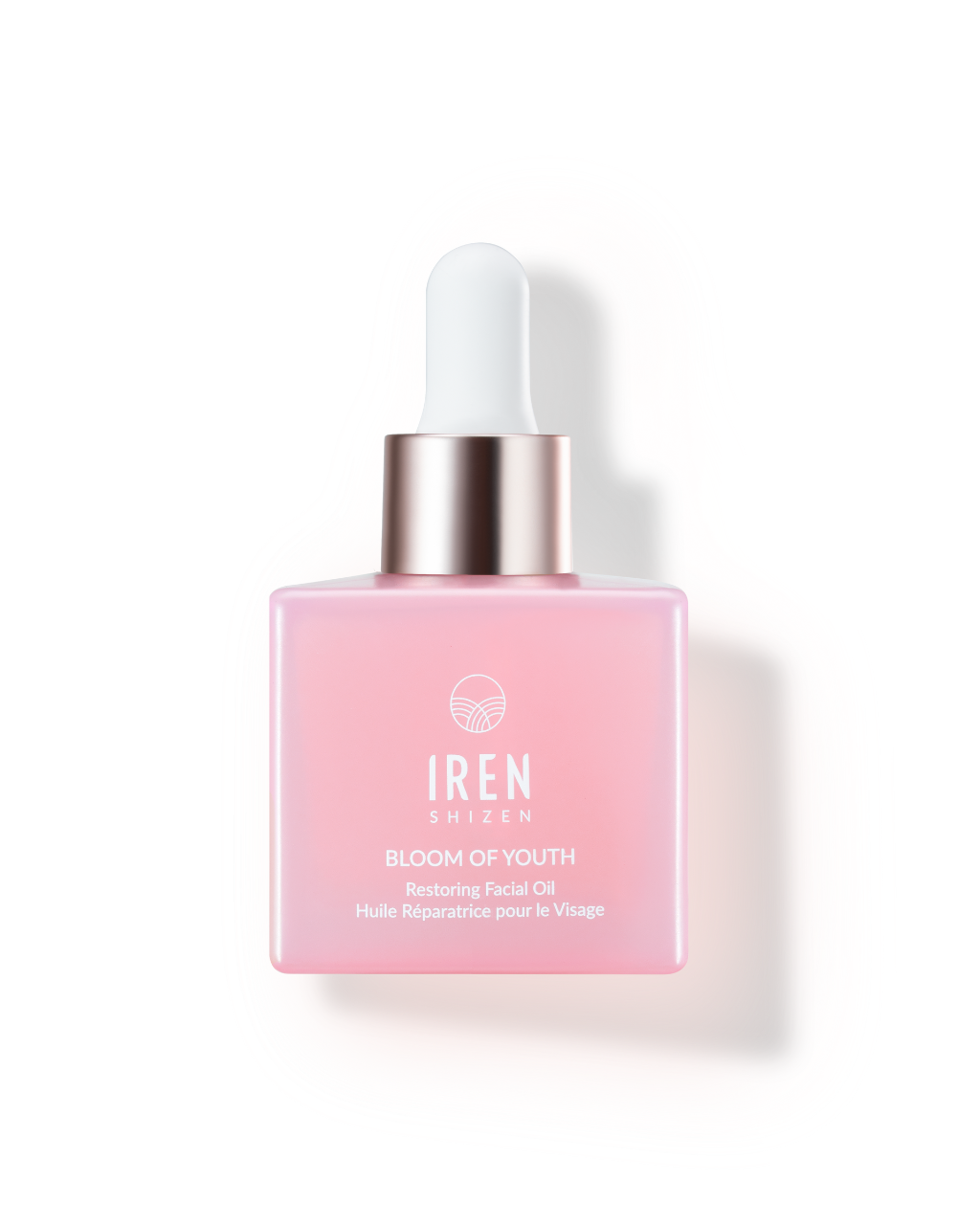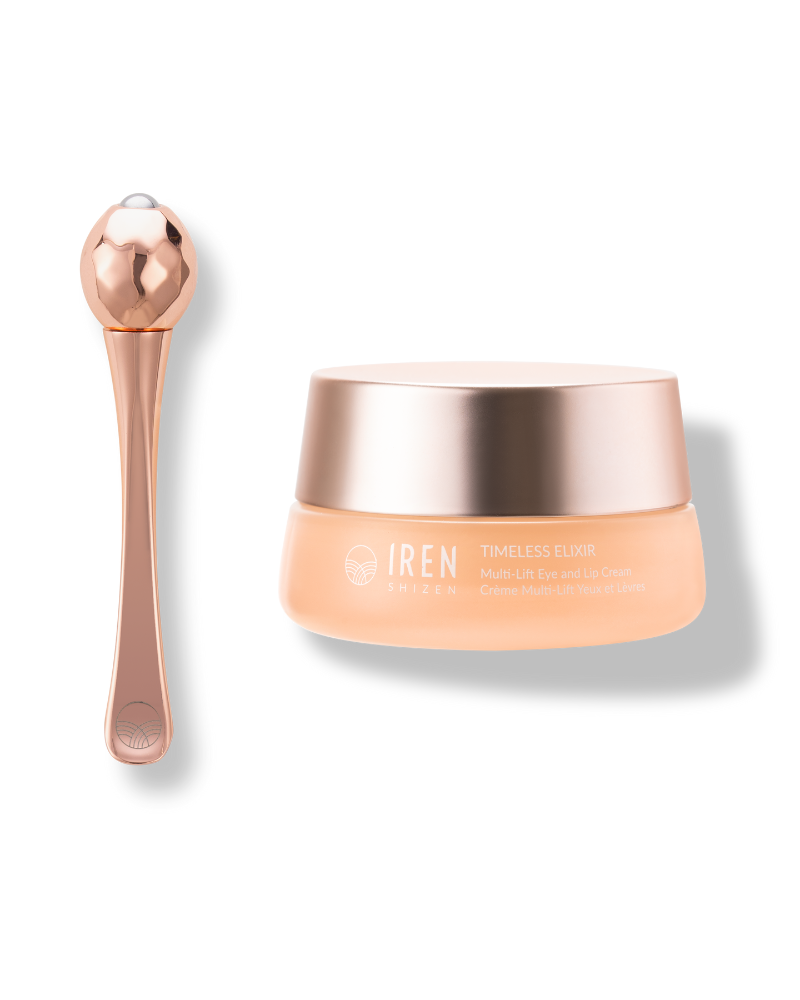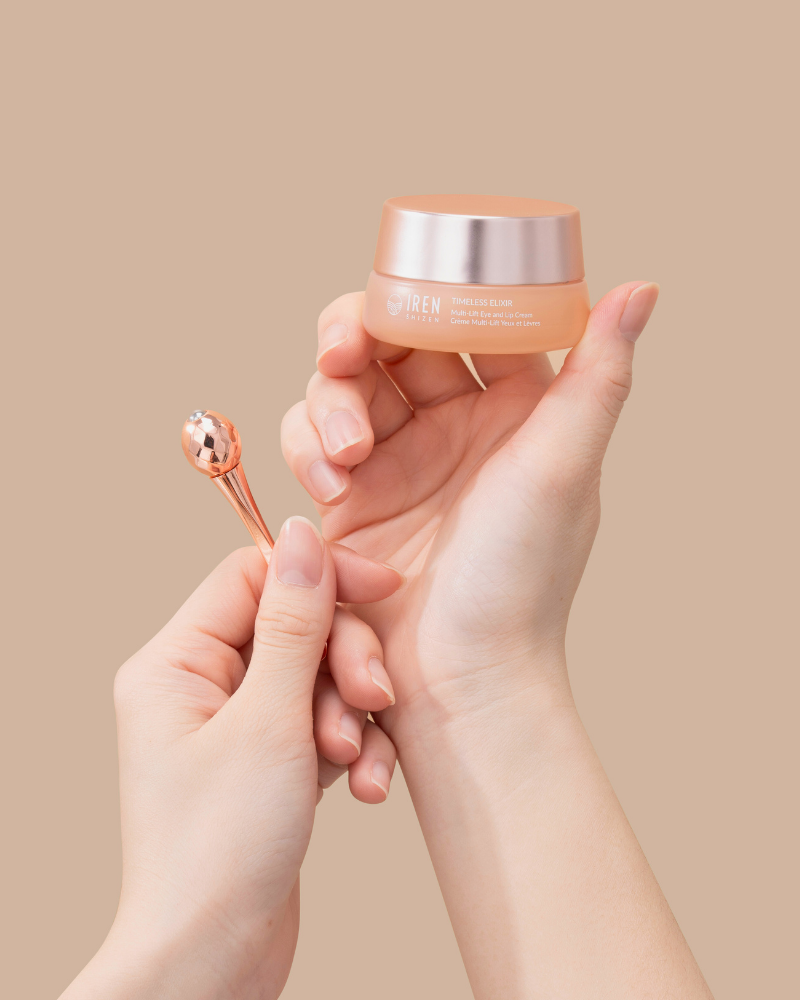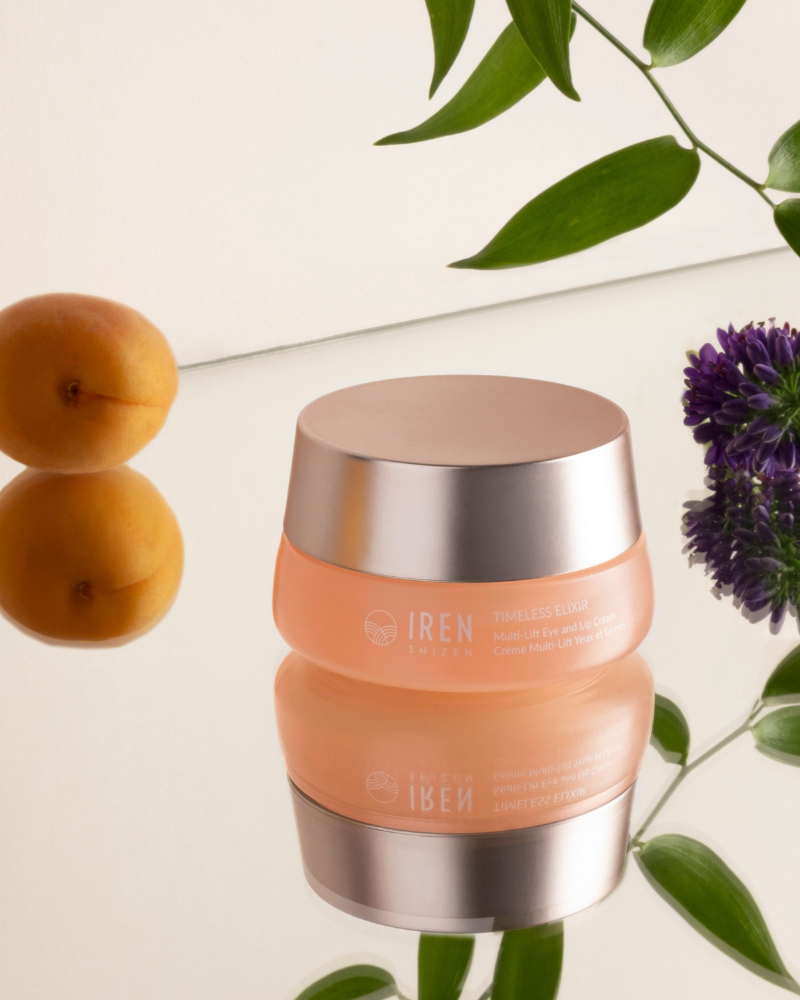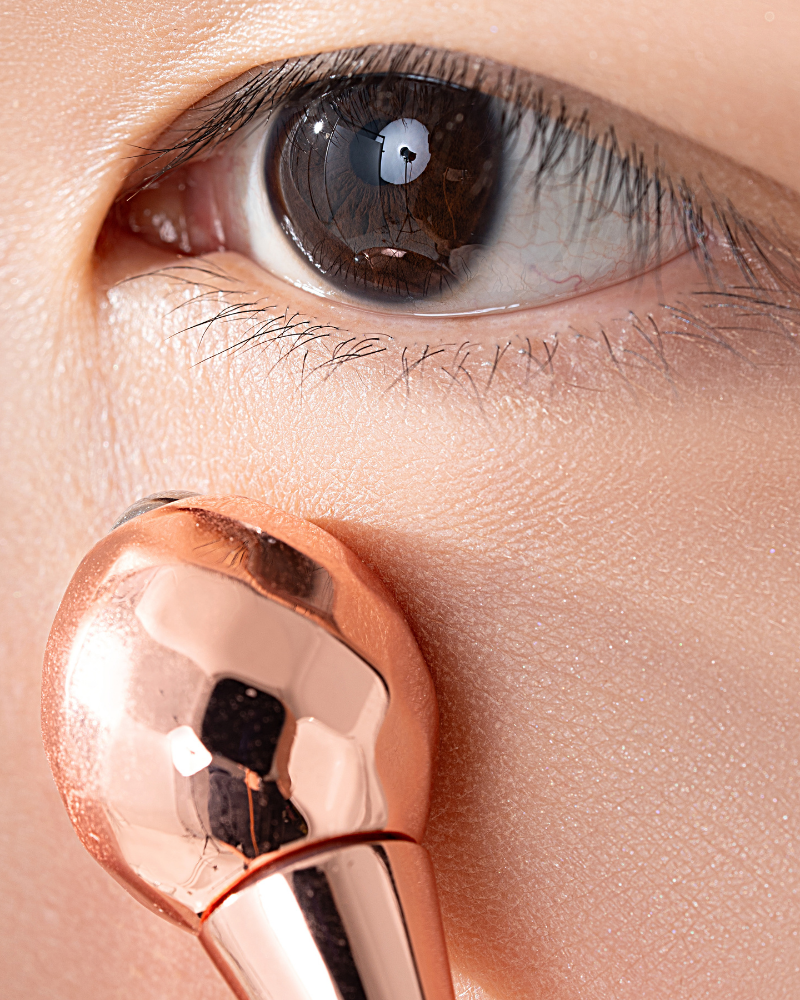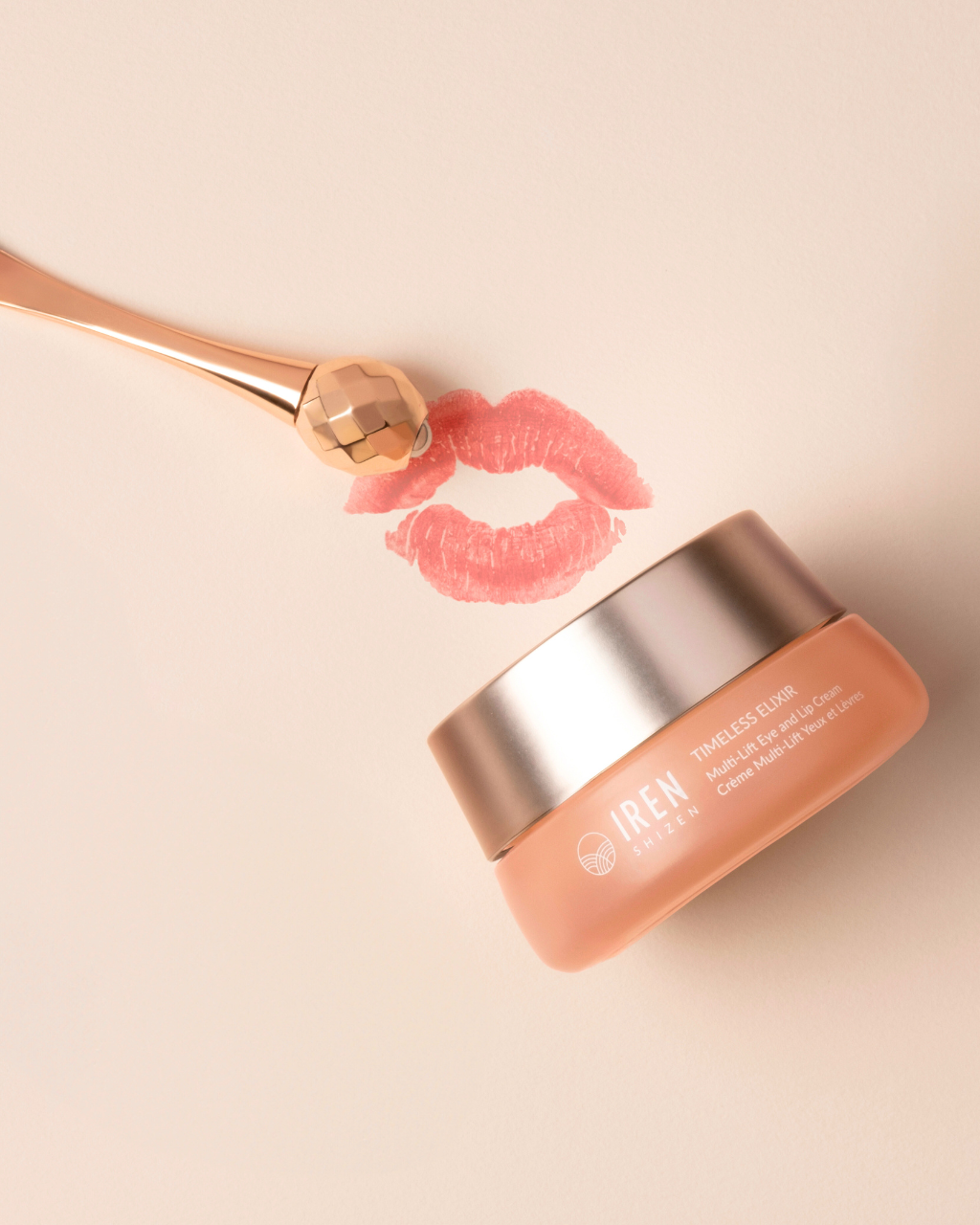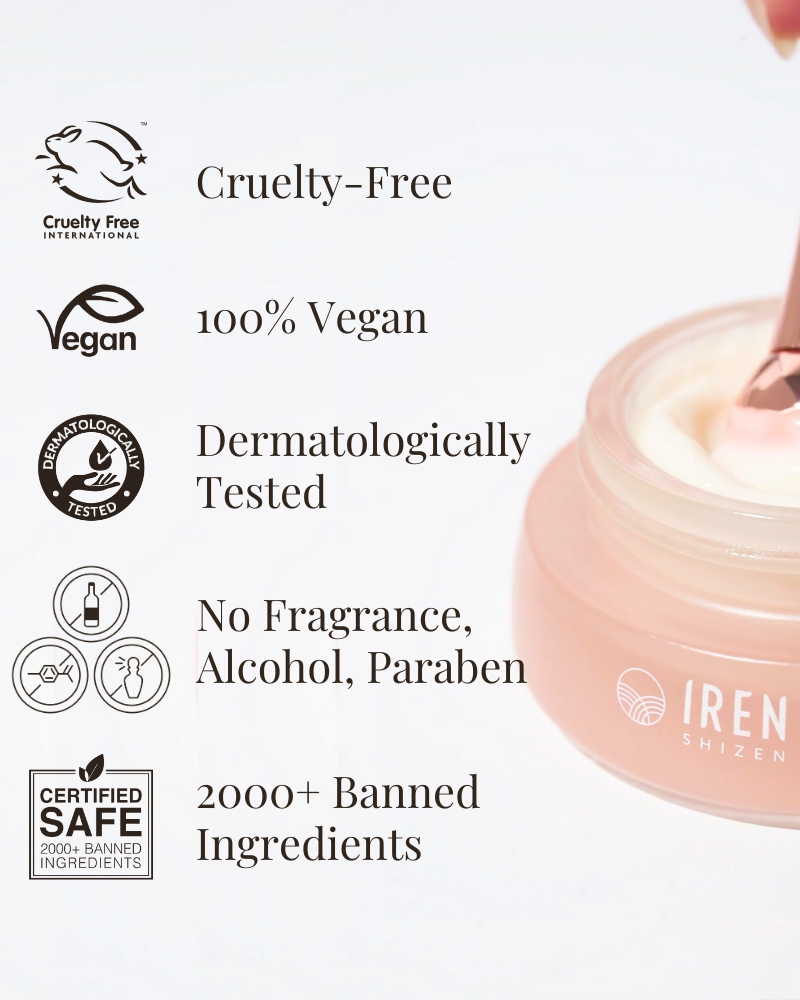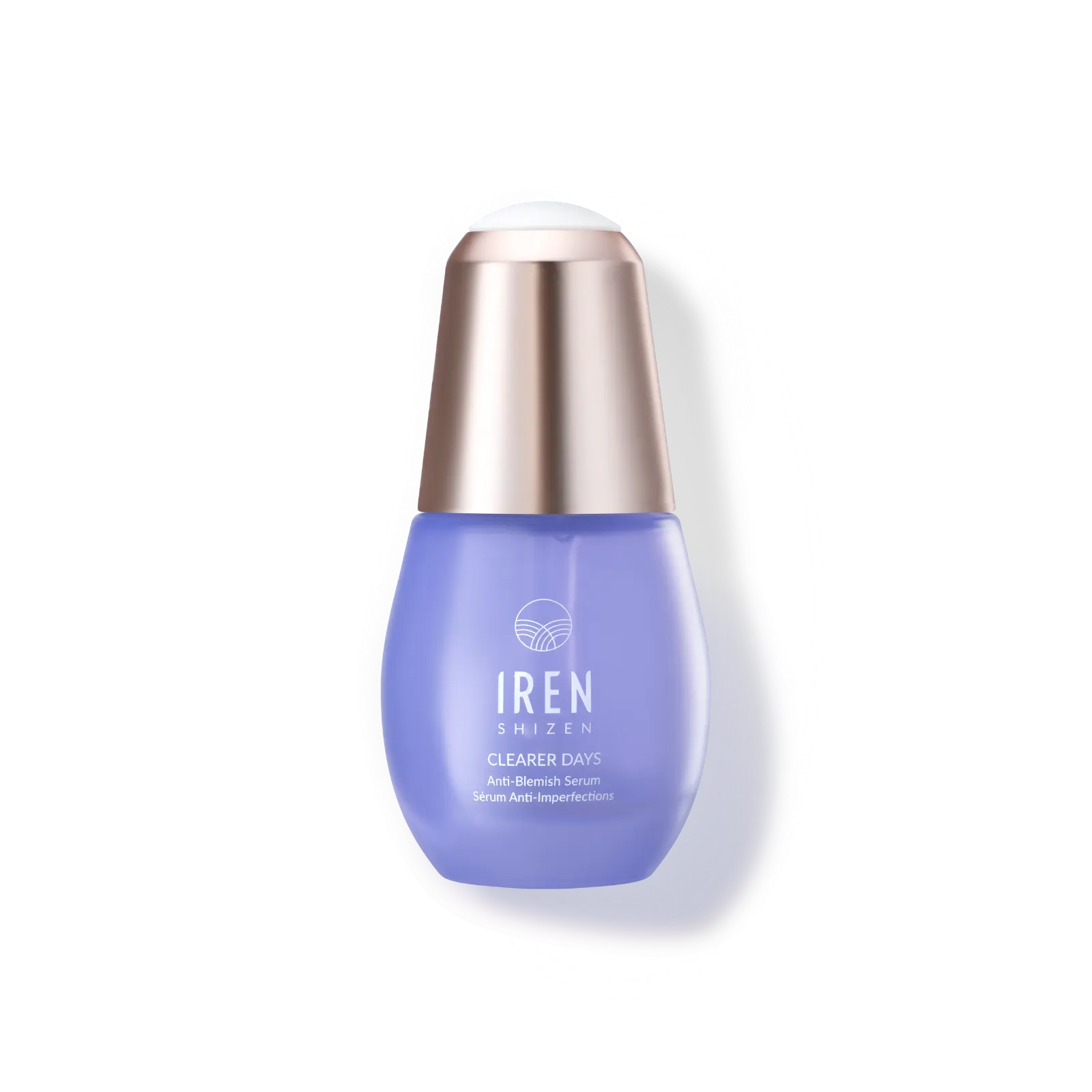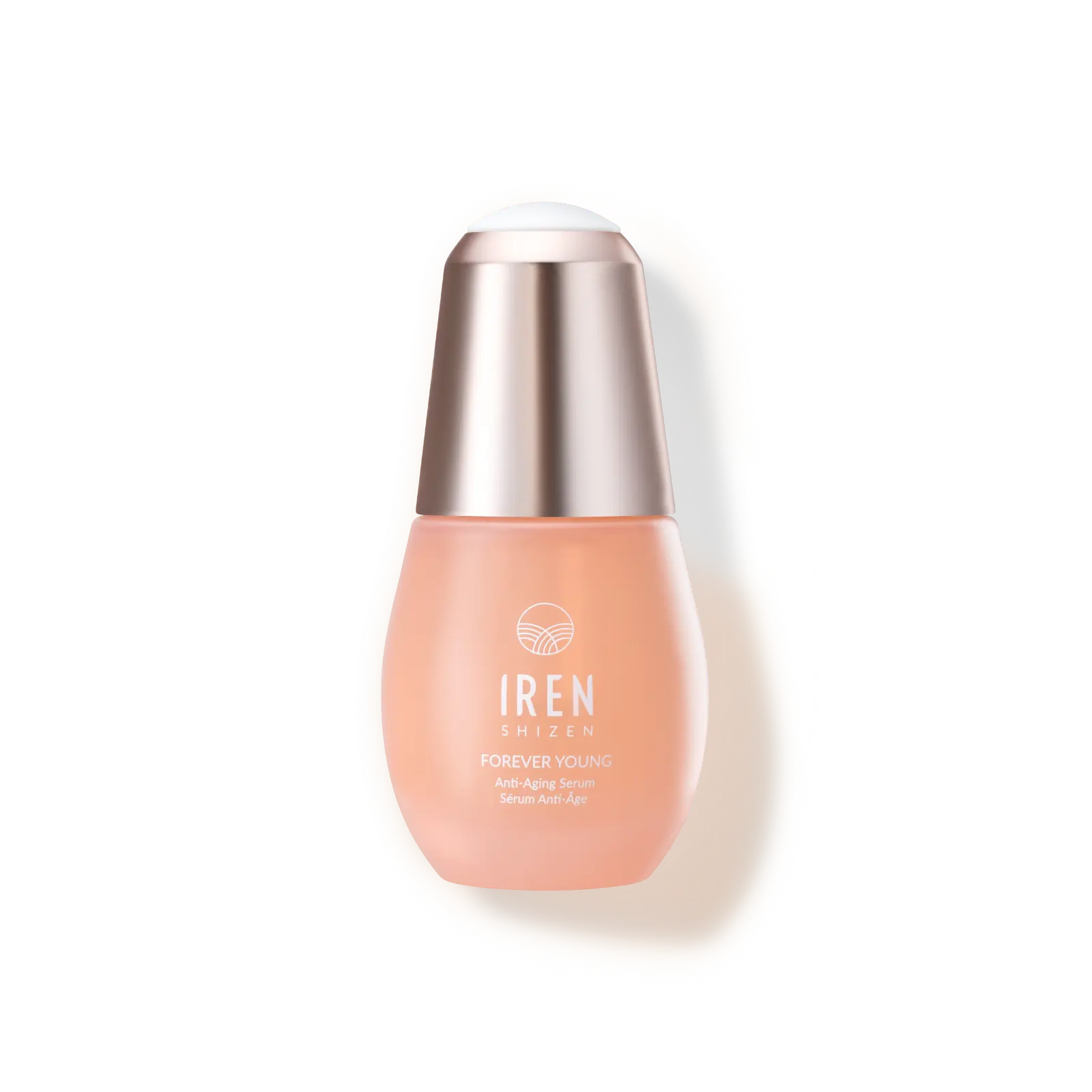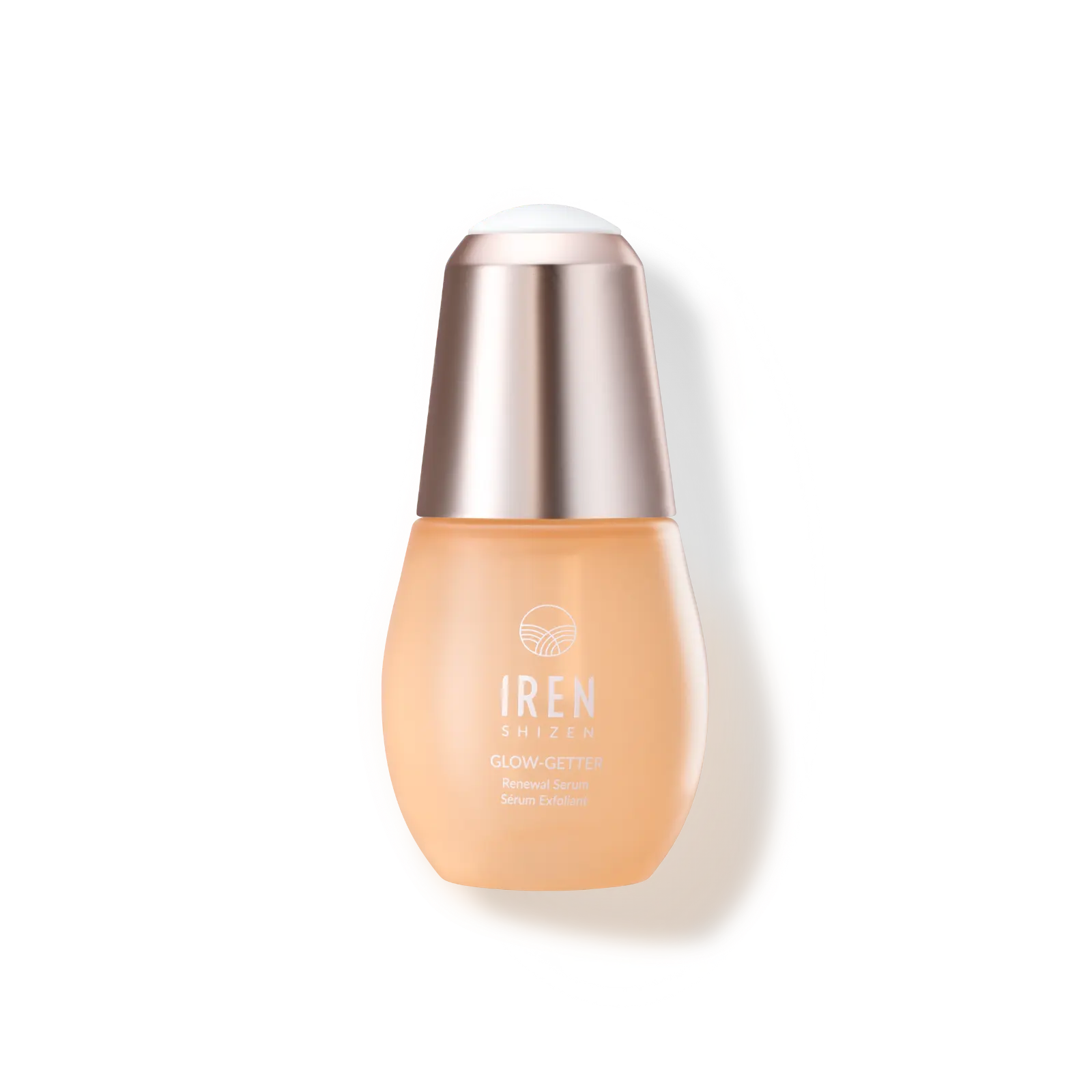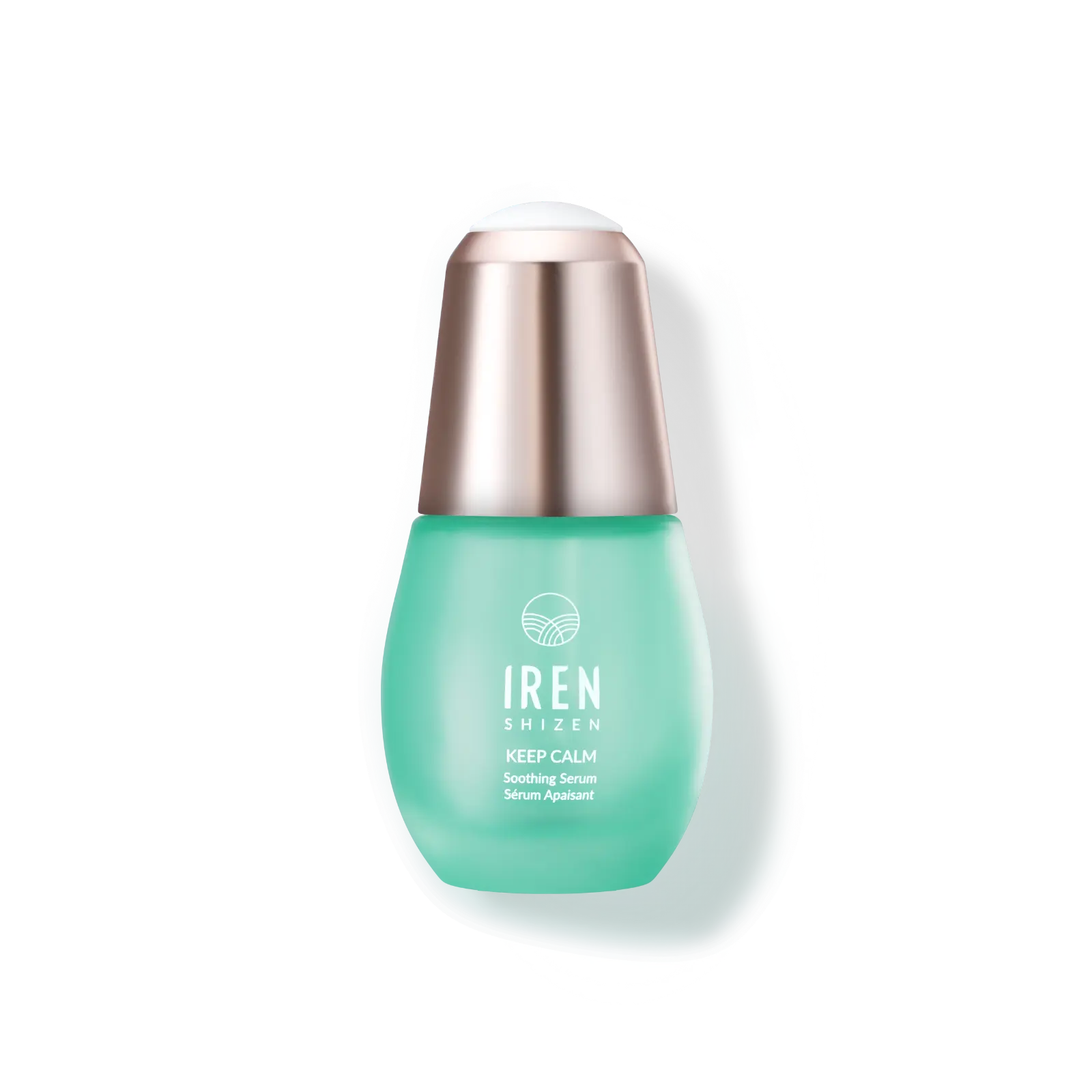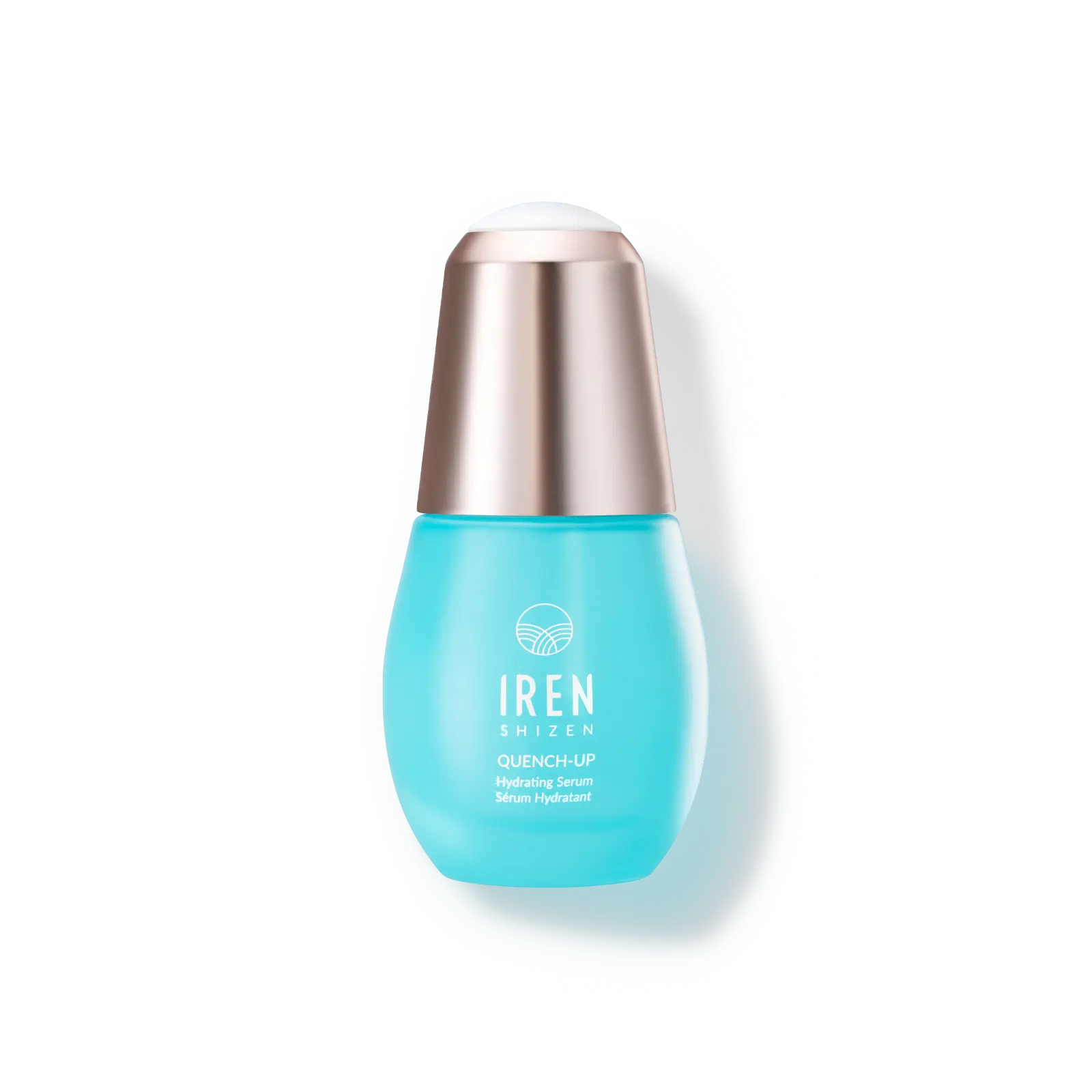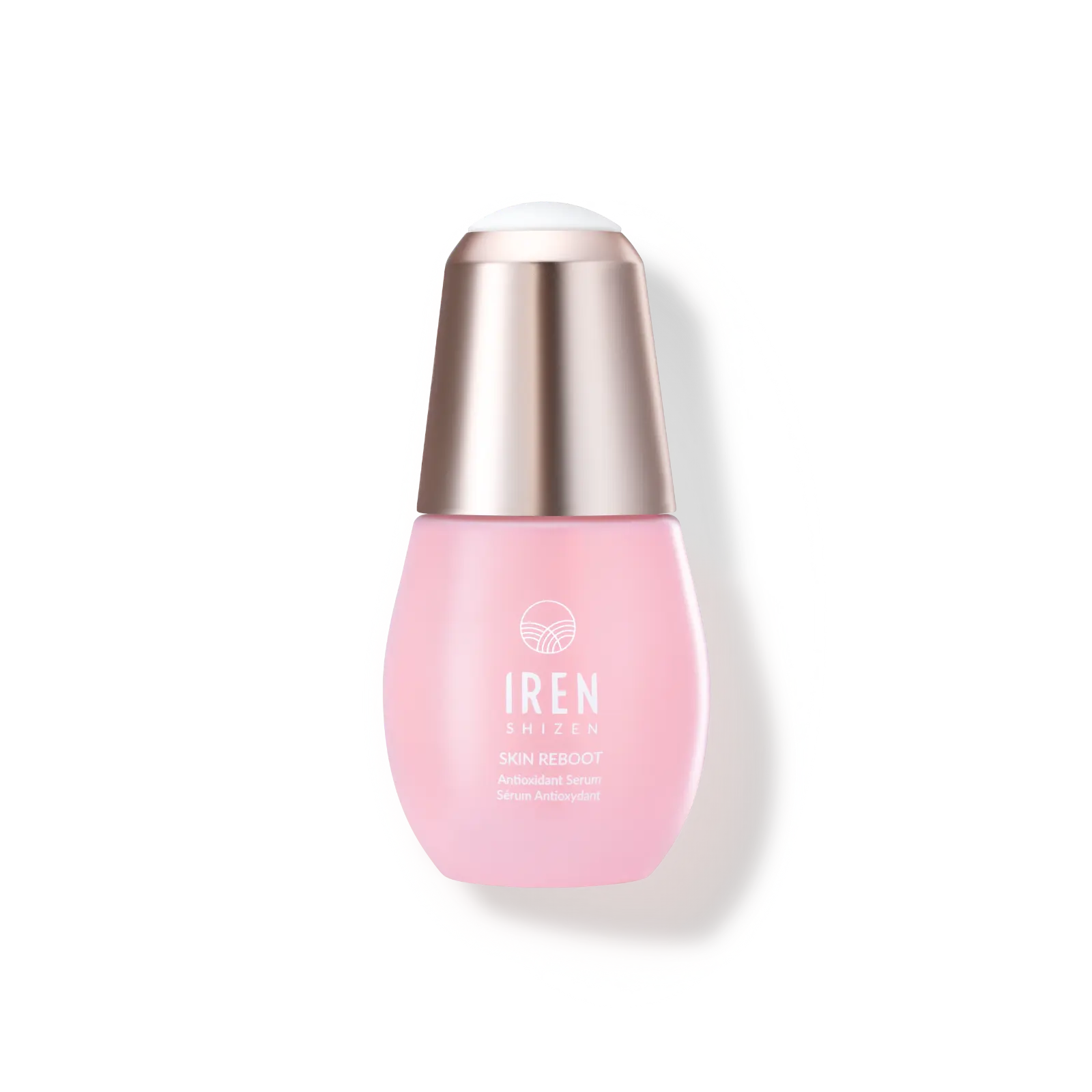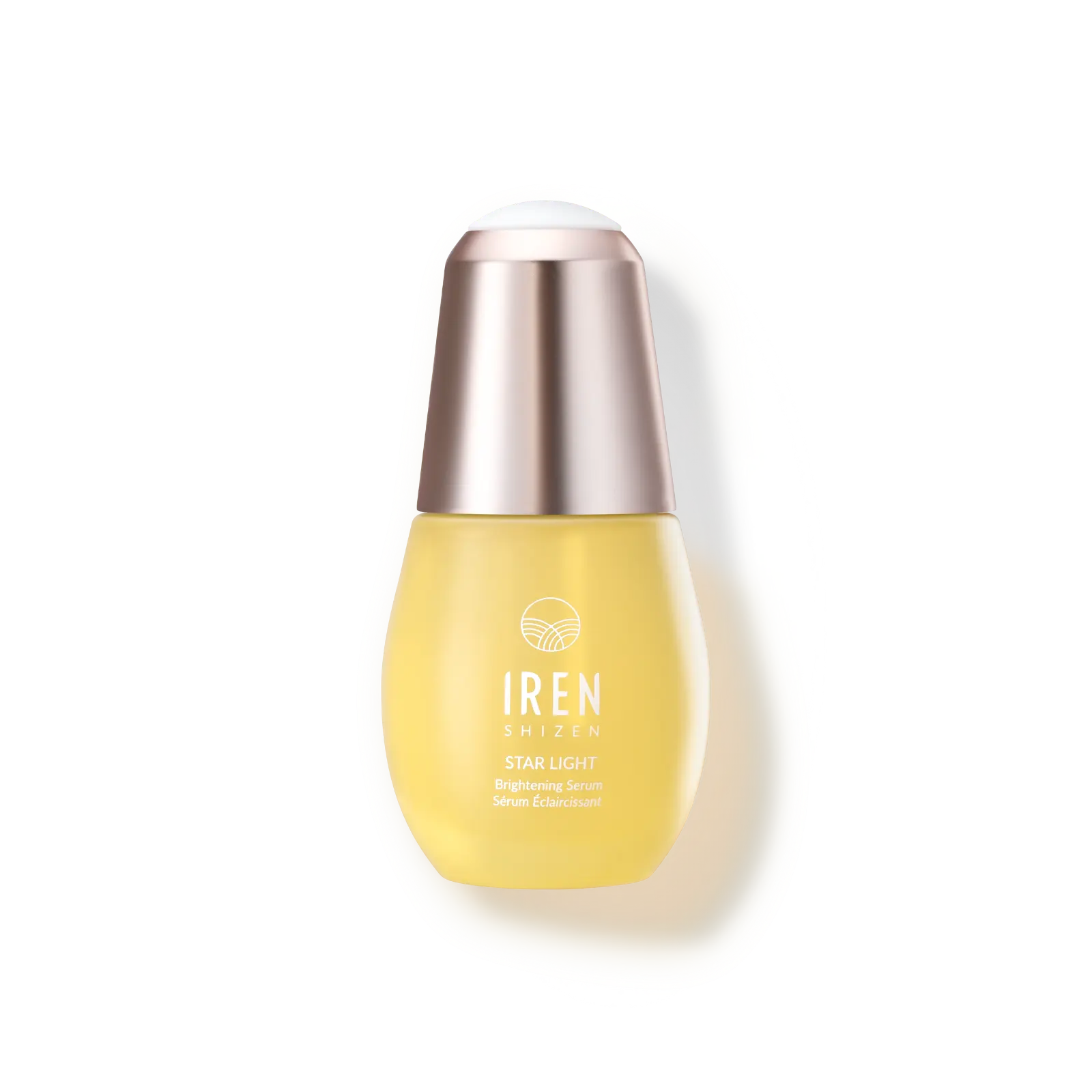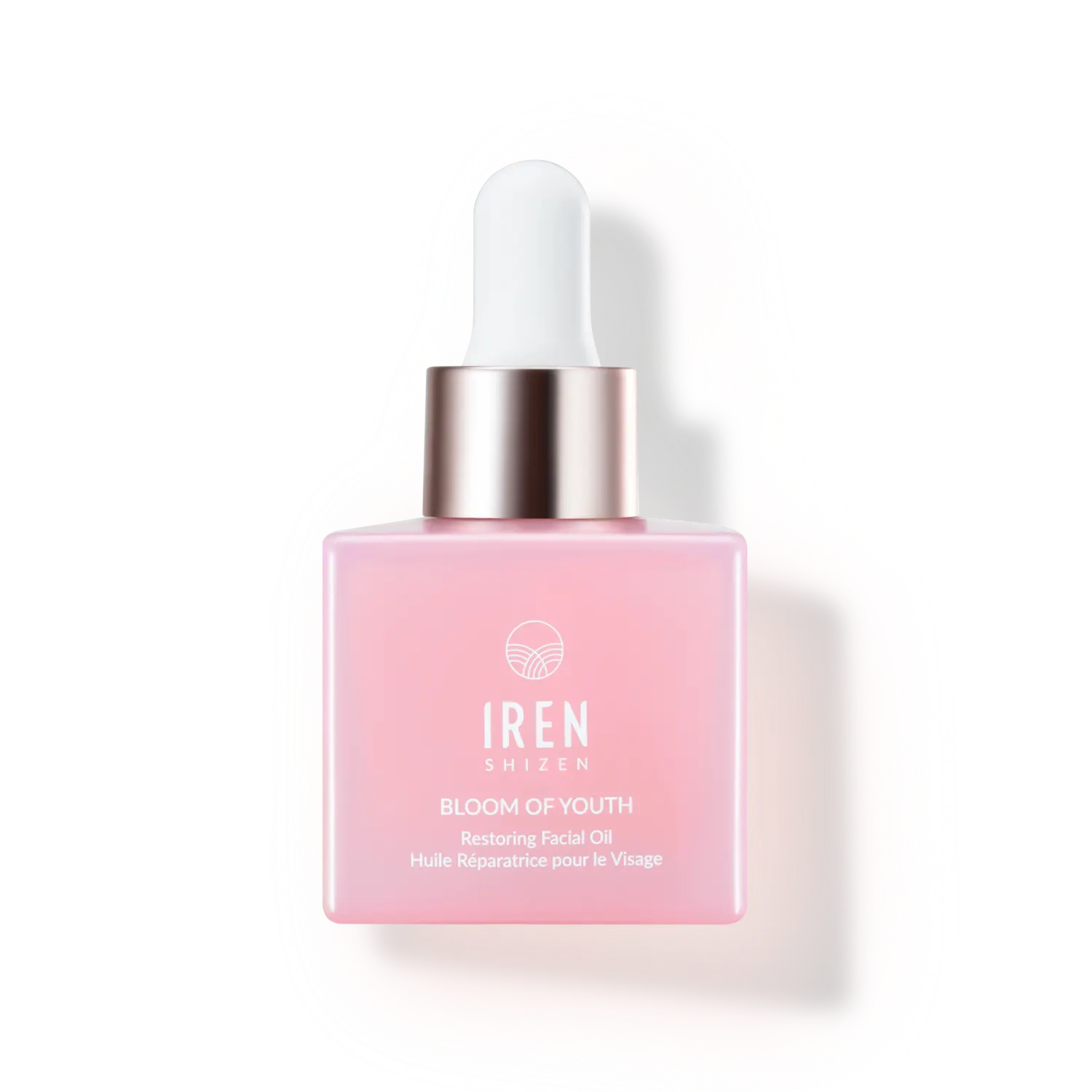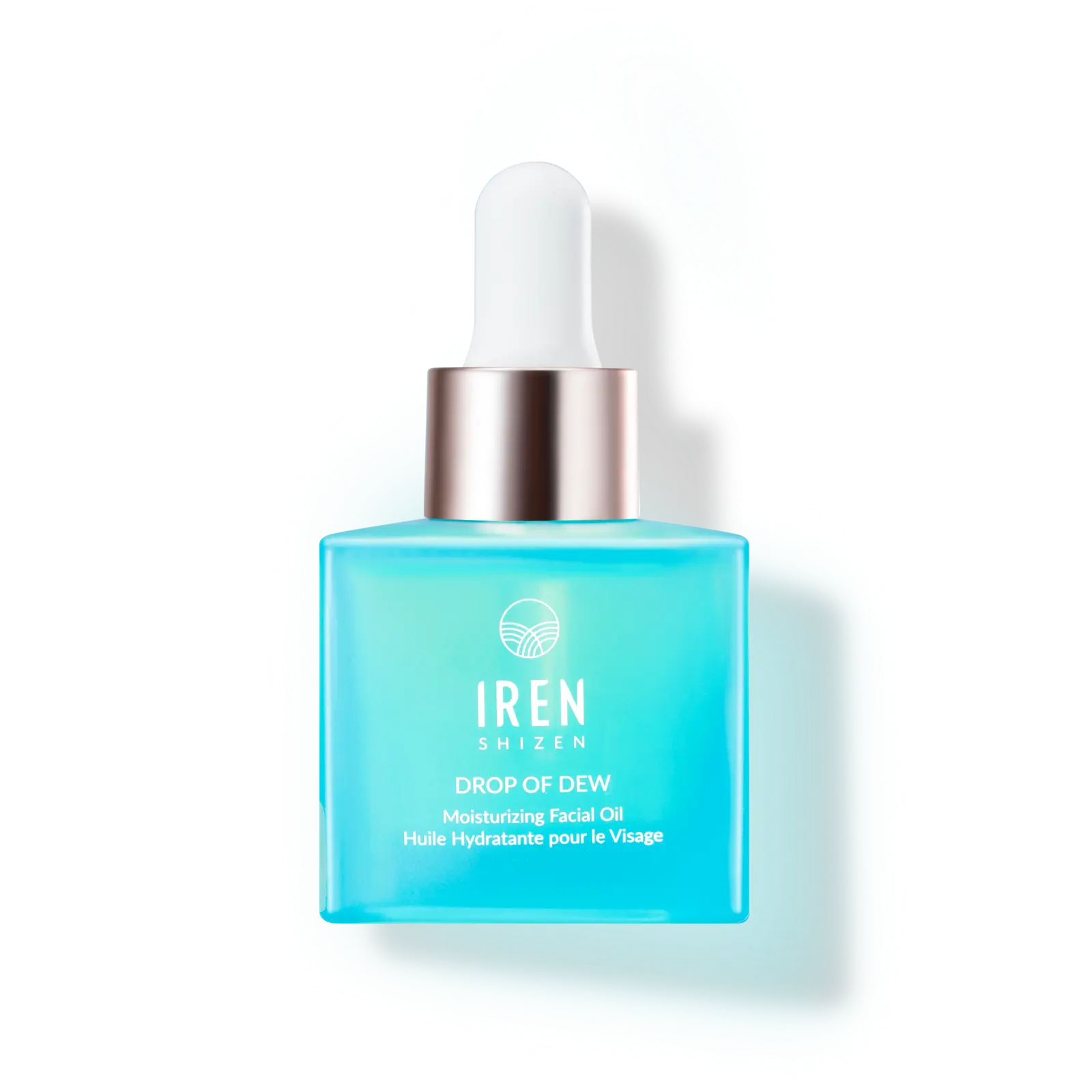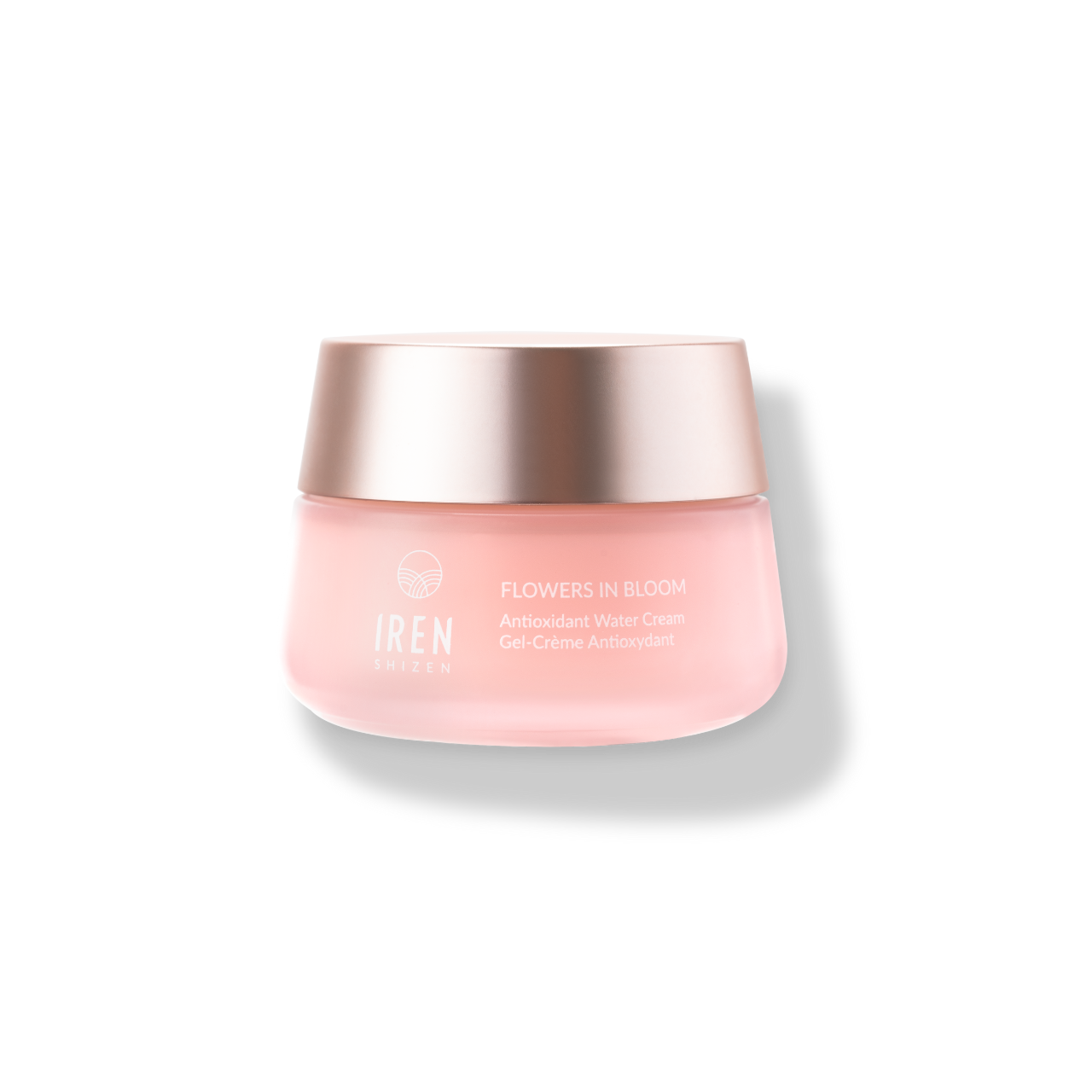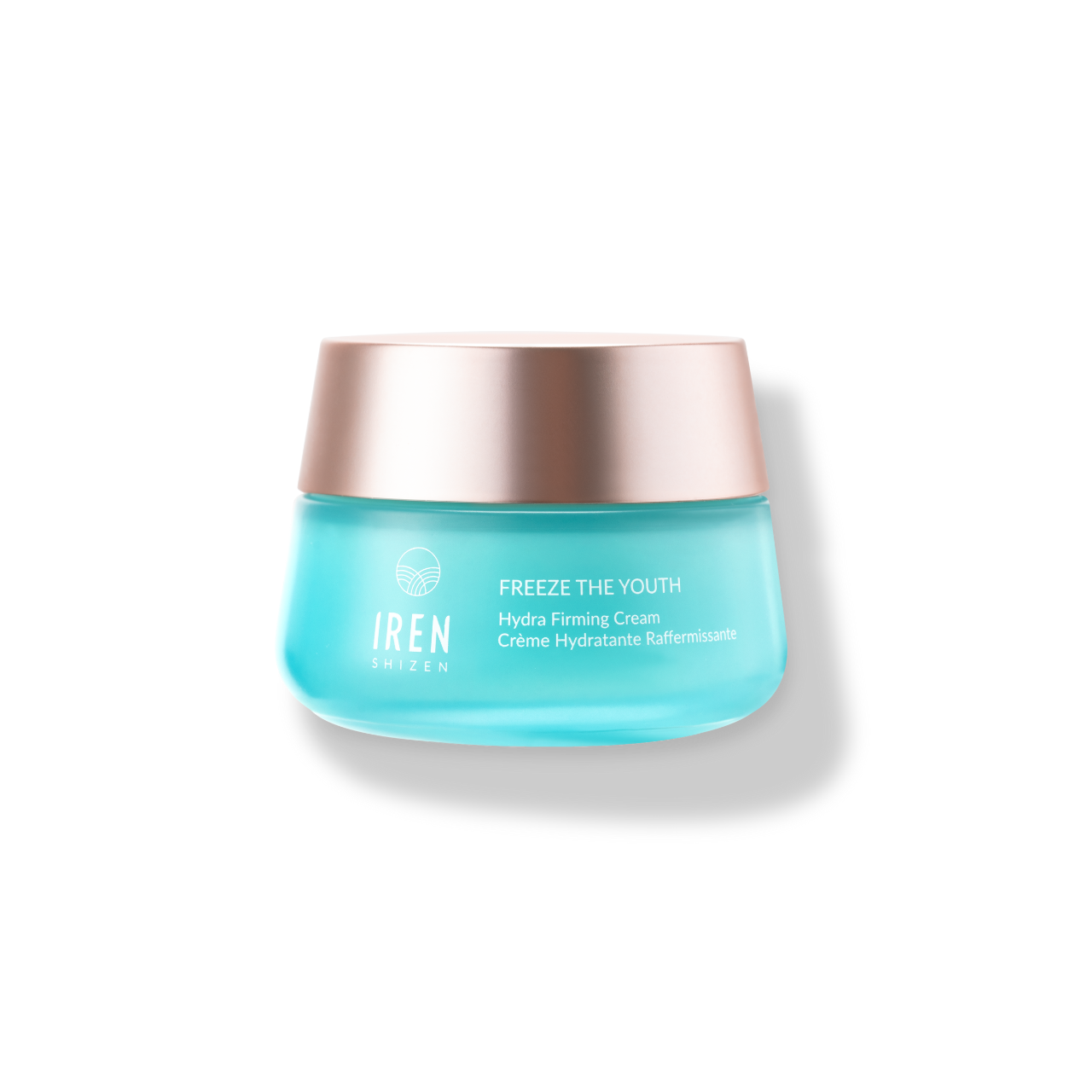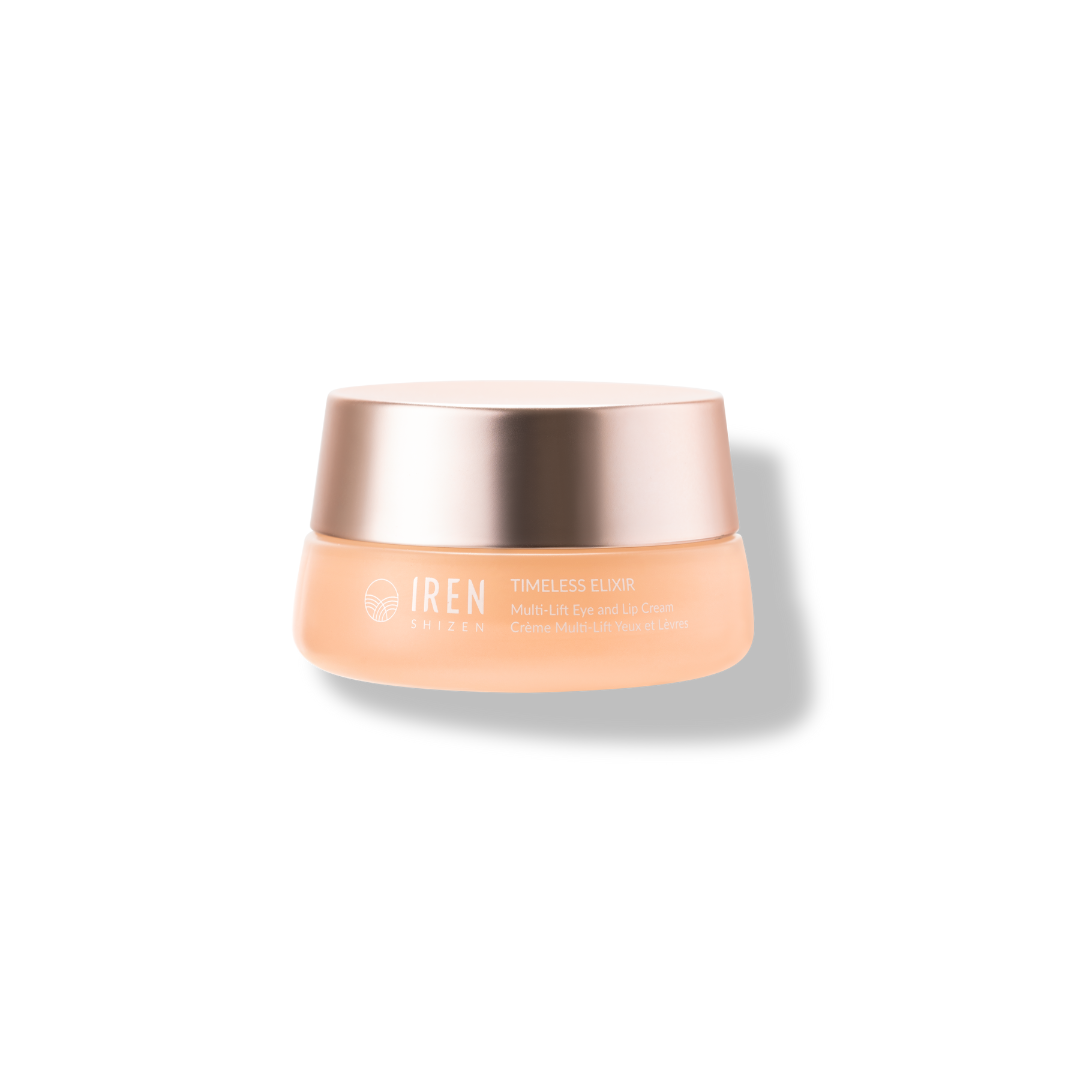Formaldehyde (CH₂O); we know—it’s a big word. Now you may not be aware of it, but you’ve probably come across this organic compound before. Don’t believe us. Check the ingredient list on your shampoos, conditioners, soaps, or any cosmetic product you own right now. You’re bound to see it appear on at least one.
So why exactly should you avoid formaldehyde if it’s commonly being used in your favorite beauty products? We’ve got the scoop!
What are formaldehyde and formaldehyde releasers?

Nicknamed the ‘devil in disguise’ by our team of skincare gurus, formaldehyde and formaldehyde releasers act as preservatives that do more harm than good. Sure, they prevent bacterial growth in your everyday skincare products but is it really worth the repercussions? We think not.
But before we get into that, we think it’s best to get back to basics. In its purest form, formaldehyde is used in (and brace yourself because this ain’t pretty!) embalming fluid, the production of fertilizer, paper, and plywood. Now, just imagine the liquified version of this on your precious skin (cue shudder). To make matters worse, EWG gave formaldehyde a rating of 10—with one representing the best and ten the worst.
Similarly, formaldehyde releasers are chemical compounds that slowly release formaldehyde due to decomposition under usage conditions and alternatively go by the names—formaldehyde donor or formaldehyde-releasing preservative (FRPs). Categorized by the FDA as allergens, they release aldehydes (a chemical compound) slowly at lower levels. Resultantly, these low cost and fast-acting preservatives are the reason why they’re so prevalent in your cosmetics today.
To reiterate, brands tend to get away with using this pungent, colorless gas in the name of preservation. Dissolved in water to create a solution called formalin, formaldehyde keeps products from spoiling, rids them of bacteria, and prolongs their shelf life for extended use. That's why 87% of skincare consumers still argue that they don’t mind the presence of formaldehyde in their products.
What cosmetics contain formaldehyde?

Or rather, the question should be, “what cosmetics DON’T contain formaldehyde?” Just name any beauty product you see; we’re 99.99% sure they contain it. If you can’t find it straight away, try its alter-egos.
Formaldehyde
- Formalin
- Formic Aldehyde
- Methanediol
- Methanal
- Methyl Aldehyde
- Methylene Glycol
- Methylene Oxide
Formaldehyde Releasers
- Glyoxal: Found in conditioner, lotion, nail polish, and nail treatment
- 2-Bromo-2-Nitropropane-1,3-Diol (Bronopol): Found in nail polish, makeup remover, moisturizer, and body wash
- Diazolidinyl Urea: Found in shampoo, conditioner, blush, eye shadow, and lotion
- DMDM Hydantoin: Found in lotion, sunscreen, and make-up remover
- Imidazolidinyl Urea: Found in shampoo, conditioner, blush, eye shadow, and lotion
- Quaternium-15: Often found in blush, mascara, lotion, and shampoo
- Polyoxymethylene Urea: Found in shampoo, conditioner, blush, eye shadow, and lotion
- Sodium Hydroxymethylglycinate: Found in shampoo, moisturizer, conditioner, and lotion
Formaldehyde can often be found in (and bear with us because this is a long list):
- Cosmetics
- Shampoos and conditioners
- Shower gels
- Liquid hand soap
- Nail polishes
- Nail hardeners
- Eyelash glues
- Hair gels
- Lotions
- Deodorants
- Moisturizers
- Cream cleansers
- Toothpaste
- Hair straightening products (like everyone’s favorite—keratin)
Insane, isn’t it?
What are the dangers of formaldehyde?

Formaldehyde is the 2015 American Contact Dermatitis Society Contact Allergen of the Year; that should tell you all you need to know about the preservative. With everything we’ve learned so far about the solution, it’s no surprise that one of the most common reactions to formaldehyde is skin irritation to the eyes, nose, throat, and skin, as well as allergic contact dermatitis, blisters, scalp burns, and hair loss in more severe cases.
Cosmetics typically carry low levels of formaldehyde that don’t warrant much of a reaction on normal skin compared to those who suffer from sensitive and irritable skin. With that being said, prolonged exposure to formaldehyde can still cause life-altering reactions in the future, from sensory irritation to severe reactions like breathing difficulties, asthma, and in some cases, even the risk of cancer (beware its carcinogenicity!).
Although rare, the effects of formaldehyde do have links to cancer. Lucky for us, only if exposed to high and prolonged levels of formaldehyde (like hairstylists in salons; google ‘Brazilian Blowout’ for good measure) should you need to worry about it. Your daily use of formaldehyde in cosmetics is unlikely to cause this.
How much formaldehyde is considered hazardous?

Unfortunately for us, there’s no set answer as to just how much formaldehyde is safe to use before it starts to become a hazard. The Food and Drug Administration (FDA) does not prohibit or regulate the use of formaldehyde in cosmetics while the Cosmetic Ingredient Review (CIR) recommends that products should not contain such preservatives at amounts greater than 0.2%.
Although the European Union’s policies are better than that of the FDA’s, they still do not wholly restrict allergy-inducing preservatives like formaldehyde. They allow your favorite self-care products to contain up to 2,000 parts per million of formaldehyde, which, FYI, is more than enough to cause dermatitis (yikes).
Back to the point at hand—how long until the preservative becomes too much? A 2015 study shows that longer storage time (of skincare products that contain this additive) in higher temperatures increase the amount of formaldehyde released and can ultimately lead to more severe health concerns.
Consumers such as yourself may also be exposed to multiple formaldehyde containing products over the years, causing your skin to become more sensitive and vulnerable to reactions. The amount of formaldehyde in your cosmetics may be tiny, but that may not be your only source of exposure to the hazardous gas; check your proximity to cigarette smoke, vehicle exhaust, and gas stoves. The use of formaldehyde-filled personal care products simply makes an unnecessary contribution to your risk of skin irritation.
What are the alternatives to formaldehyde and formaldehyde releasers?

Now you must be wondering what you can do now to get rid of formaldehyde from your life. Thankfully, safer alternatives do exist! Preservatives like Phenoxyethanol, sodium benzoate, potassium sorbate, Neolone, OptiphenPlus, Hydantoin, Glycacil, Natrulon, and benzethonium chloride are all formaldehyde-free. But for the sake of this article, we’ll pick two main ones to touch on.
Phenoxyethanol (C8H10O2) is by far one of the gentlest preservatives available in the market at the moment and rarely triggers skin irritations or allergies. Although synthetic, this compound excels at ridding your skincare products of Gram-negative bacteria. One setback, however, is that it’s vulnerable to yeast and fungi without the help of other ingredients. You win some; you lose some.
Sodium benzoate (C₆H₅COONa) is another popular alternative to formaldehyde and formaldehyde releasers, but it acts opposite to phenoxyethanol. This substance is very effective against fungi and yeast, but not so much against bacteria. Be careful not to buy a product that pairs it with low concentrations of vitamin C, though; it forms benzene—a known carcinogen (once again, yikes!).
Our advice?

If you want to play it safe and simply cut formaldehyde out of your life, preservative-free products do exist. One way to this is to buy skincare products that use airless devices (like airless pump bottles) with a quality control system set to avoid microbial contamination. Of course, this does not come cheap. The packaging is (you guessed it!) more expensive than that of standard packaging and would require higher costs in order to profit.
Besides reading labels and avoiding products that contain formaldehyde and formaldehyde releasers, try to select nail products that are formaldehyde-free or “toxic-trio-free” (formaldehyde, toluene, and DBP) and skip salon-based hair-smoothing products. Additionally, don’t use expired cosmetics in the sun as it can cause more formaldehyde to be released.
As a formaldehyde-free brand, we at IREN Shizen don’t bother with harsh chemicals like this in our formulations. Our recommendation? Just avoid it as much as you can. It’s better to be safe than sorry!
|
Want to find out more about IREN Shizen's 6 other no-no ingredients? You can read all about them here: |

